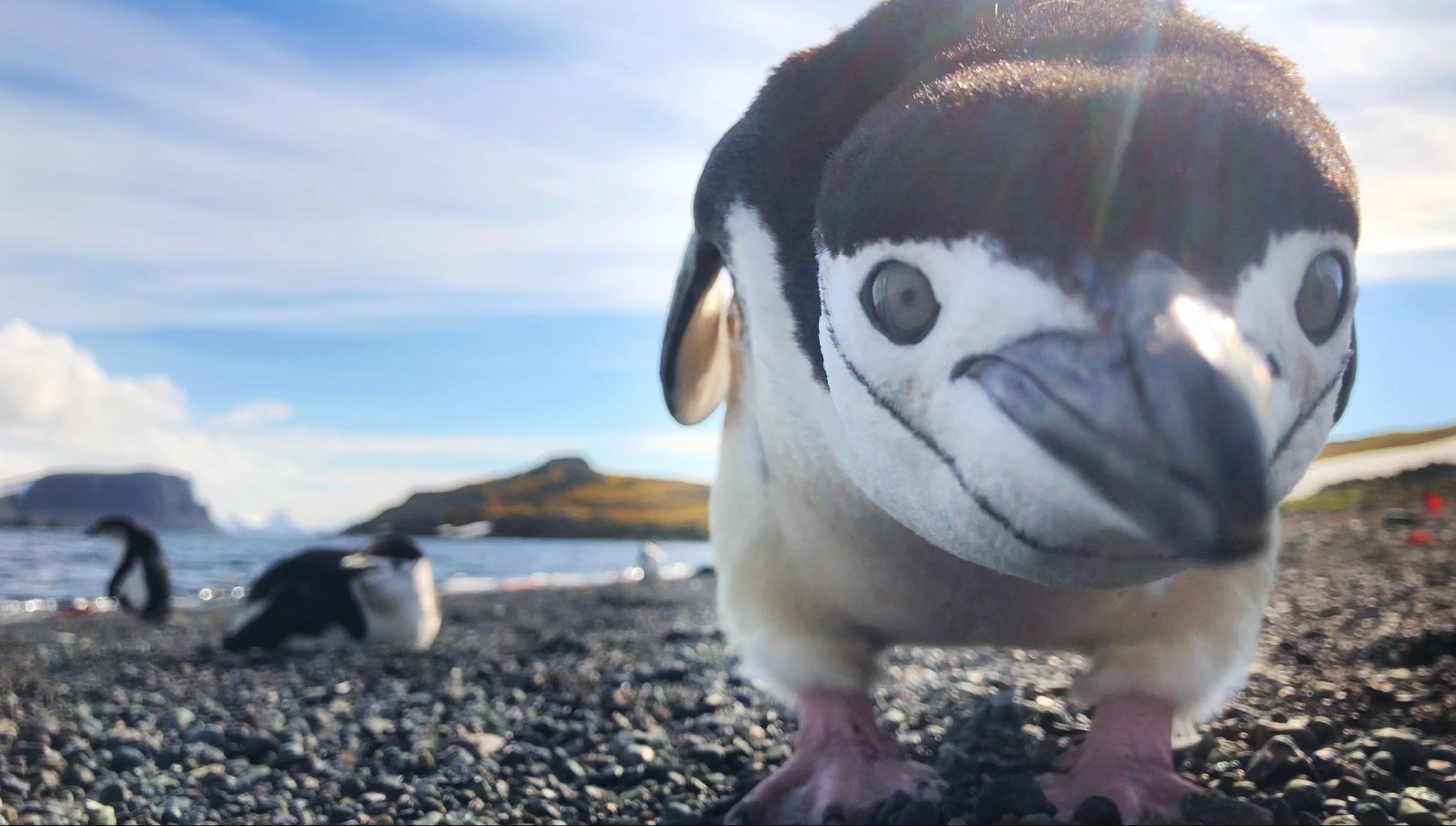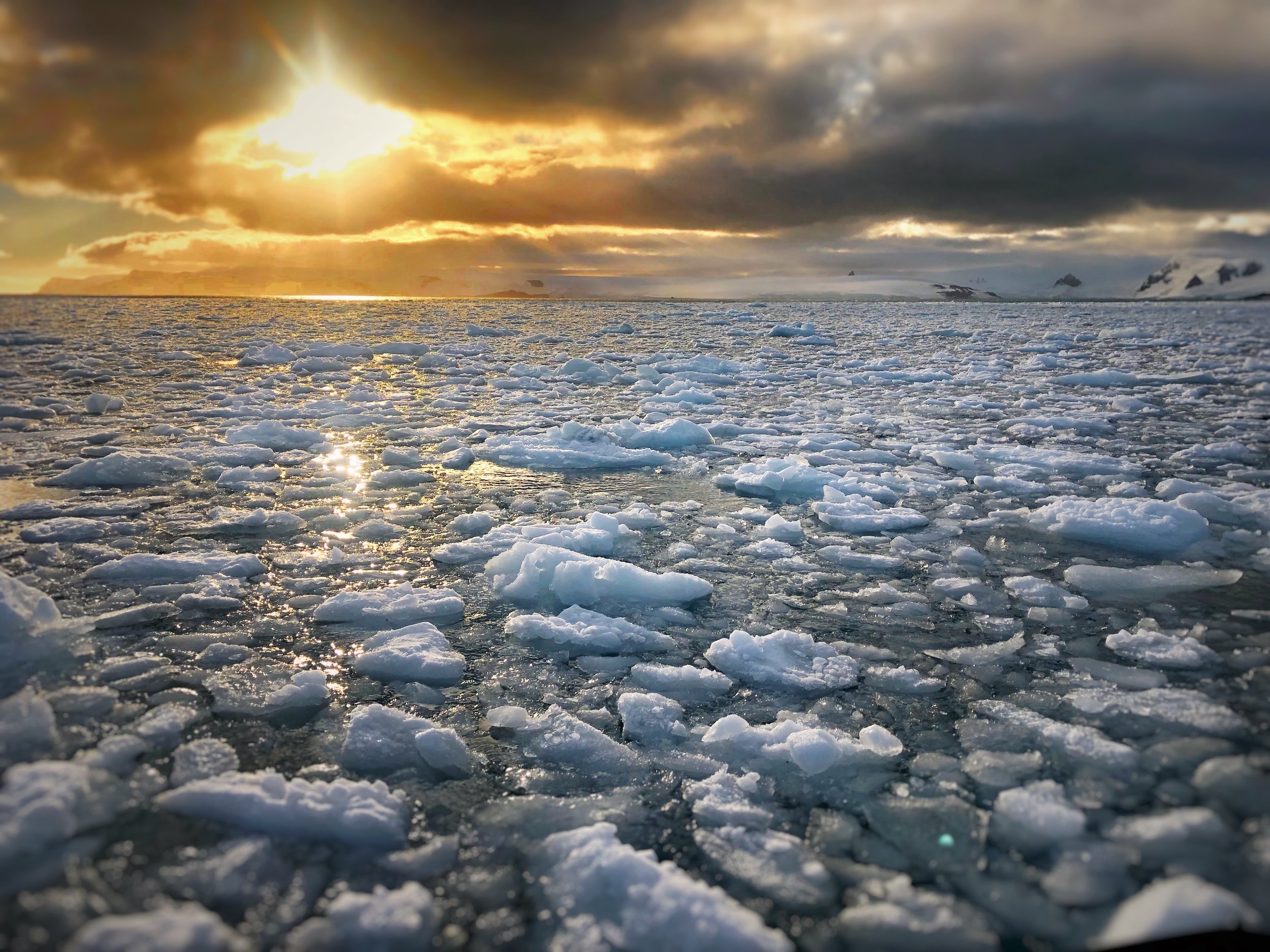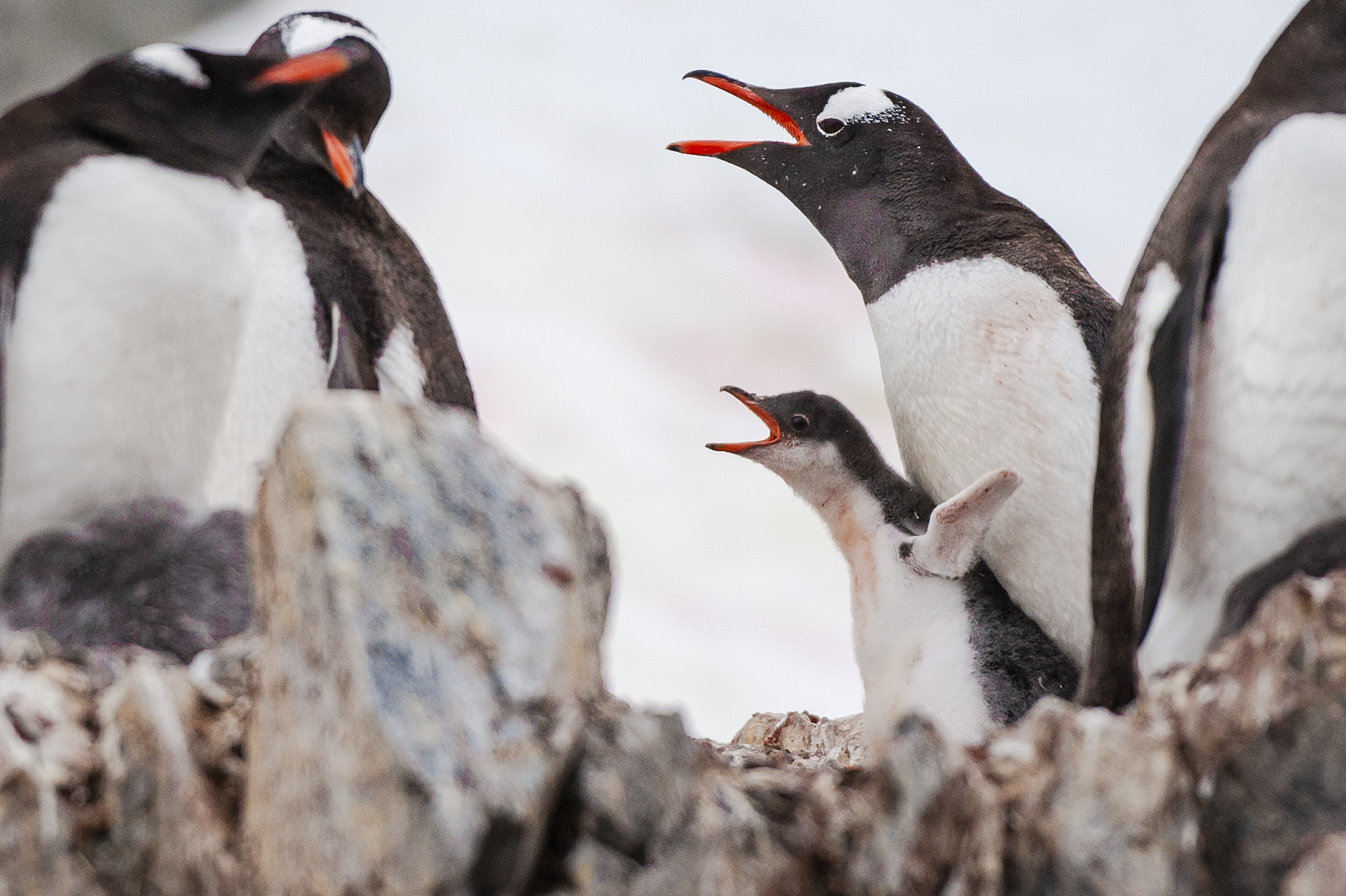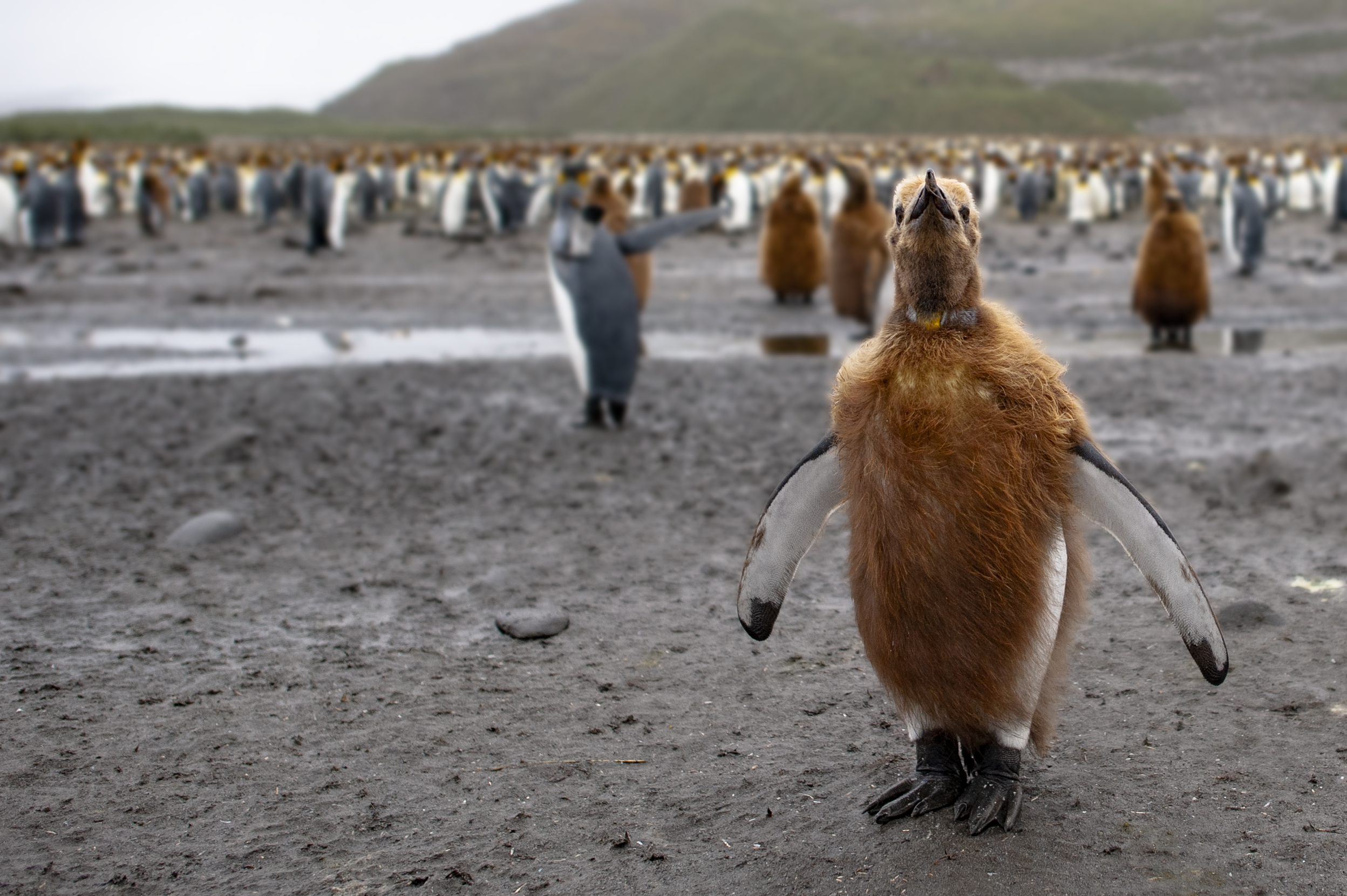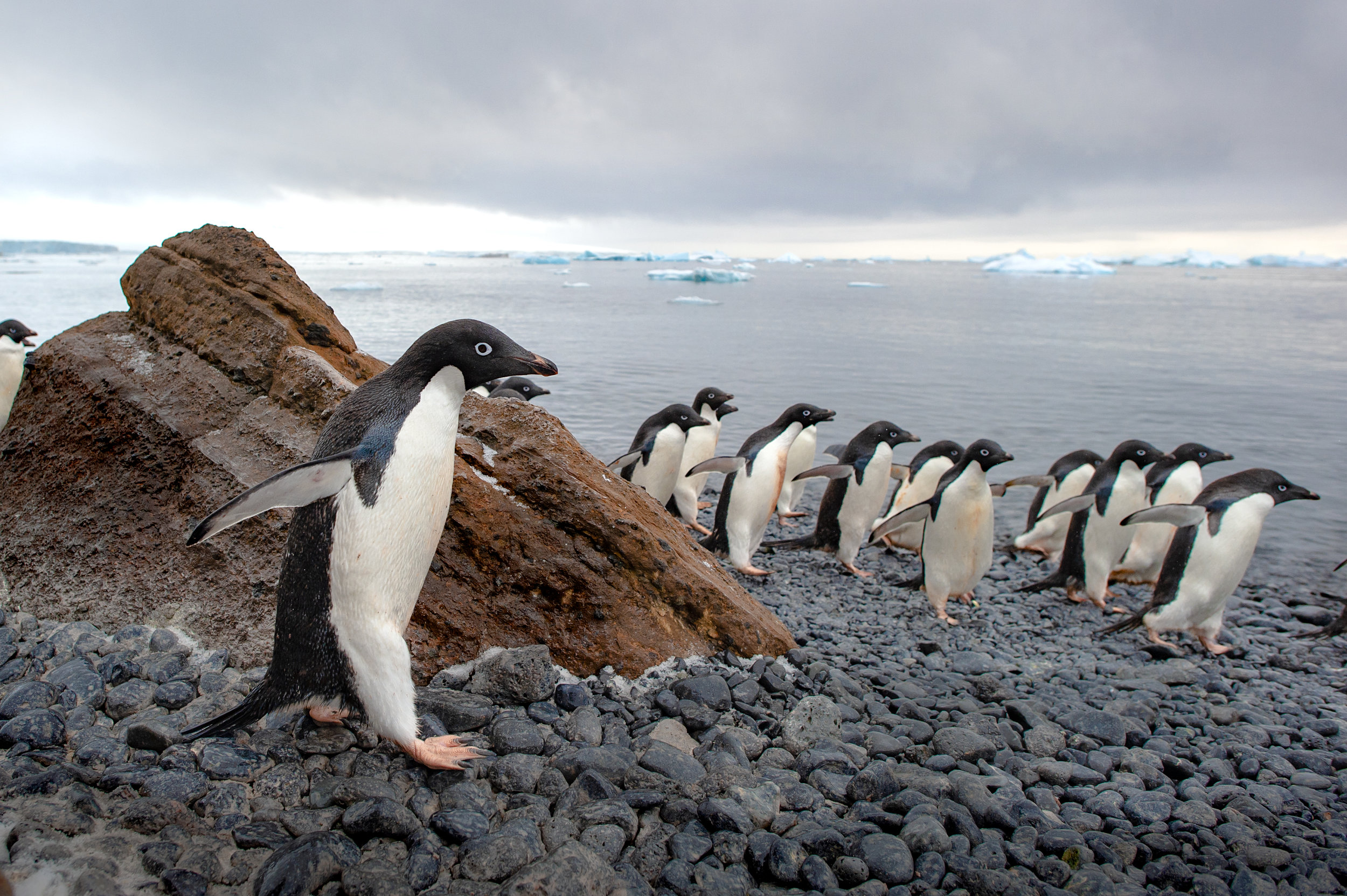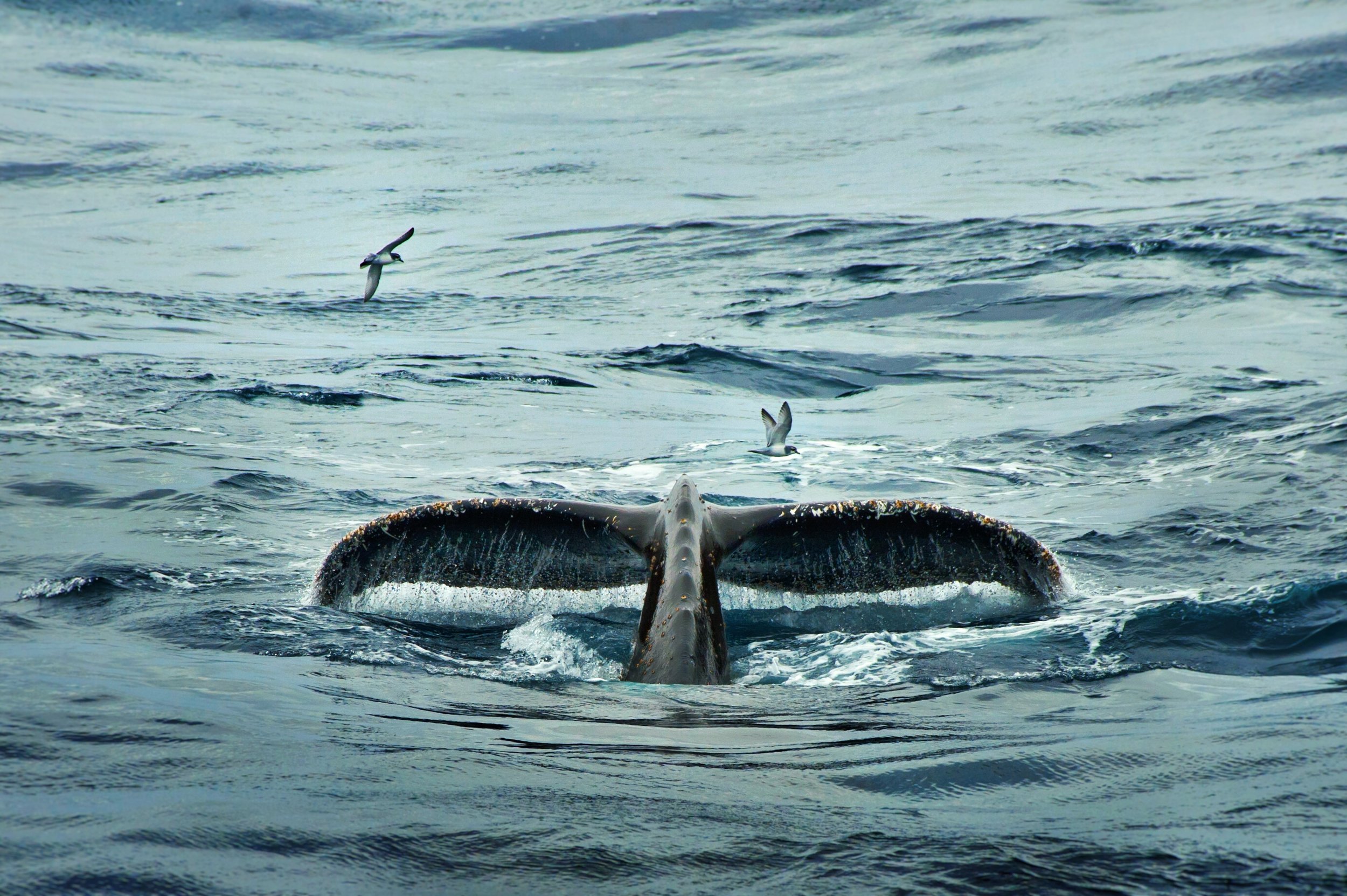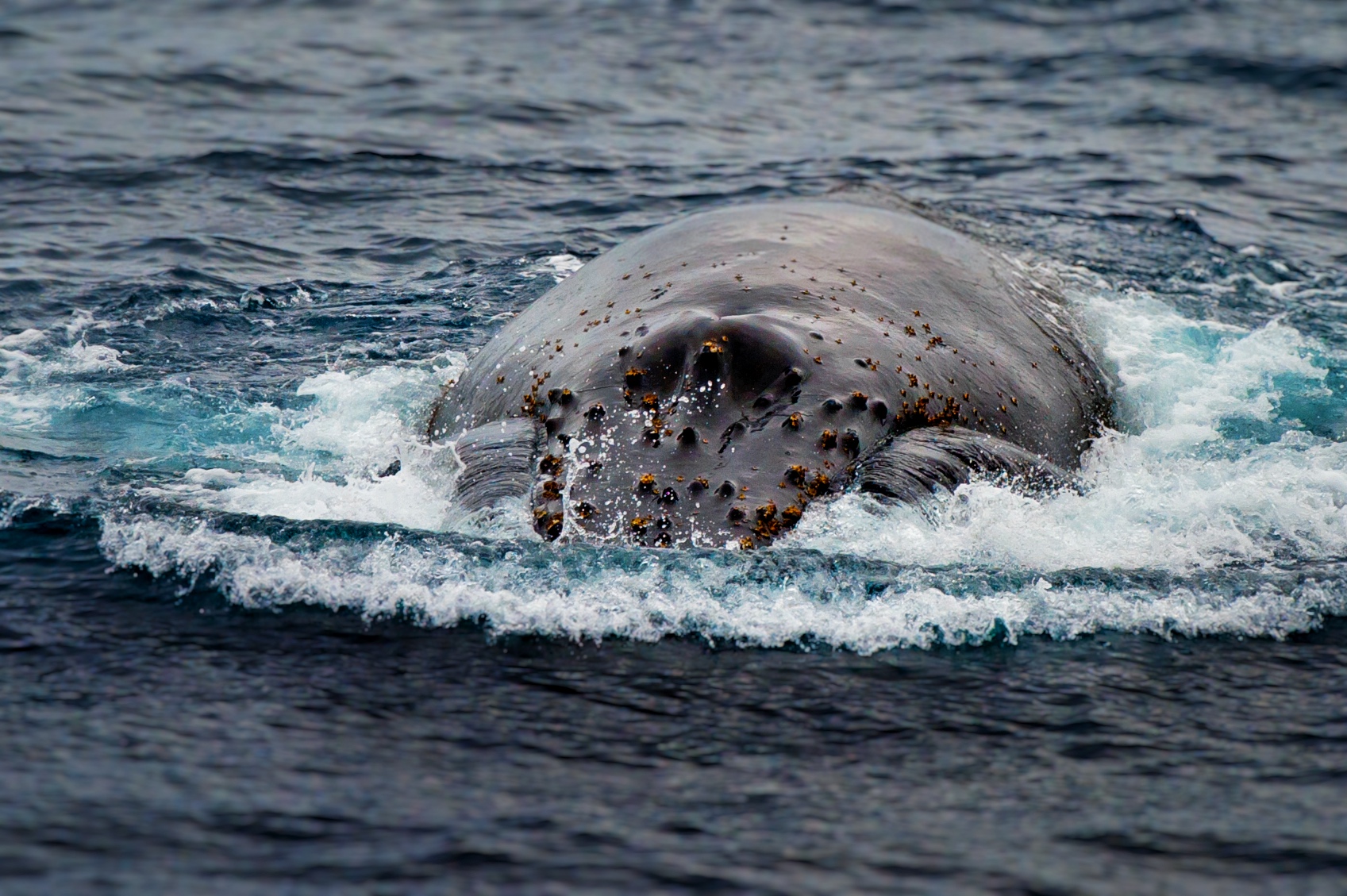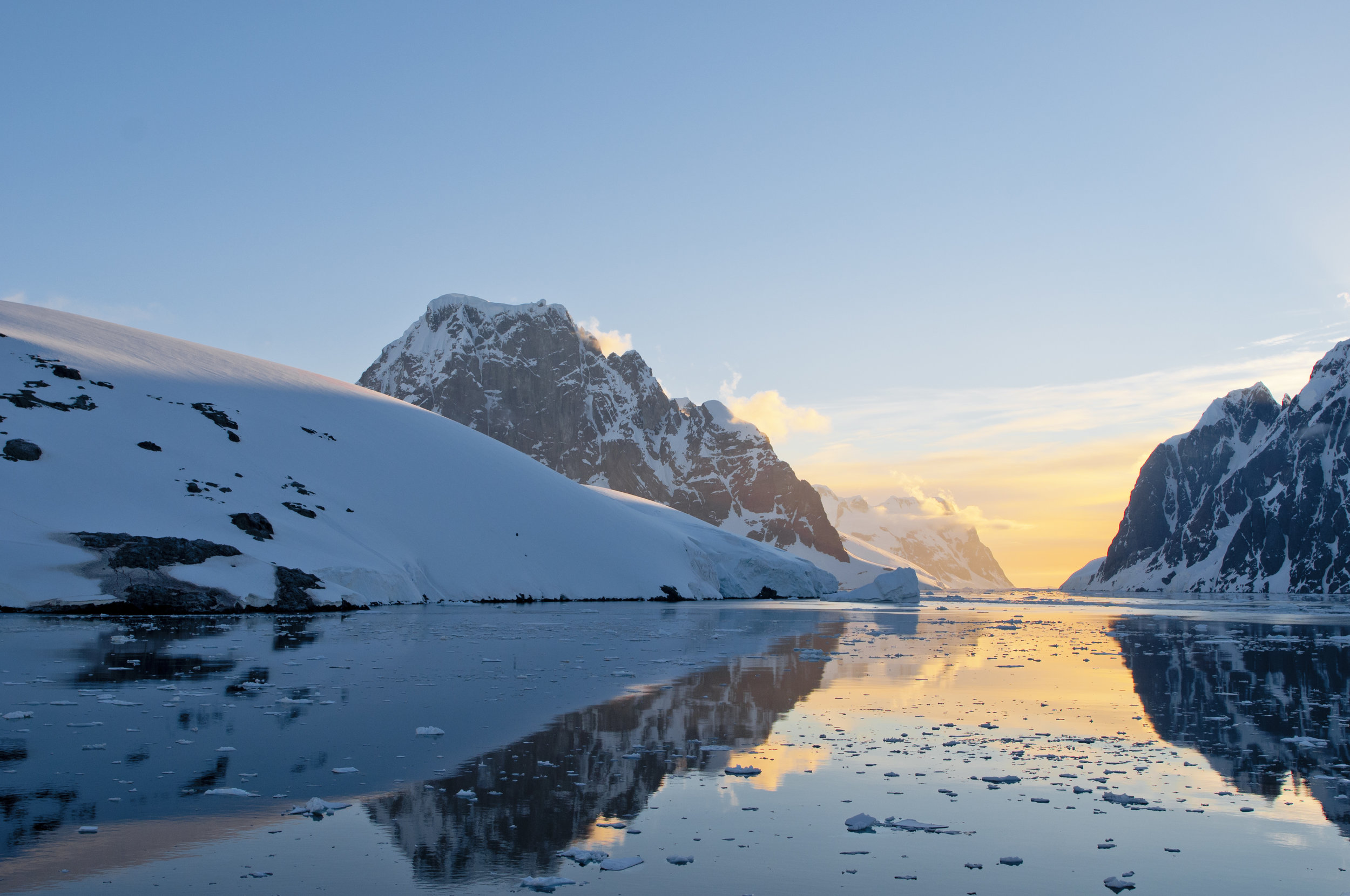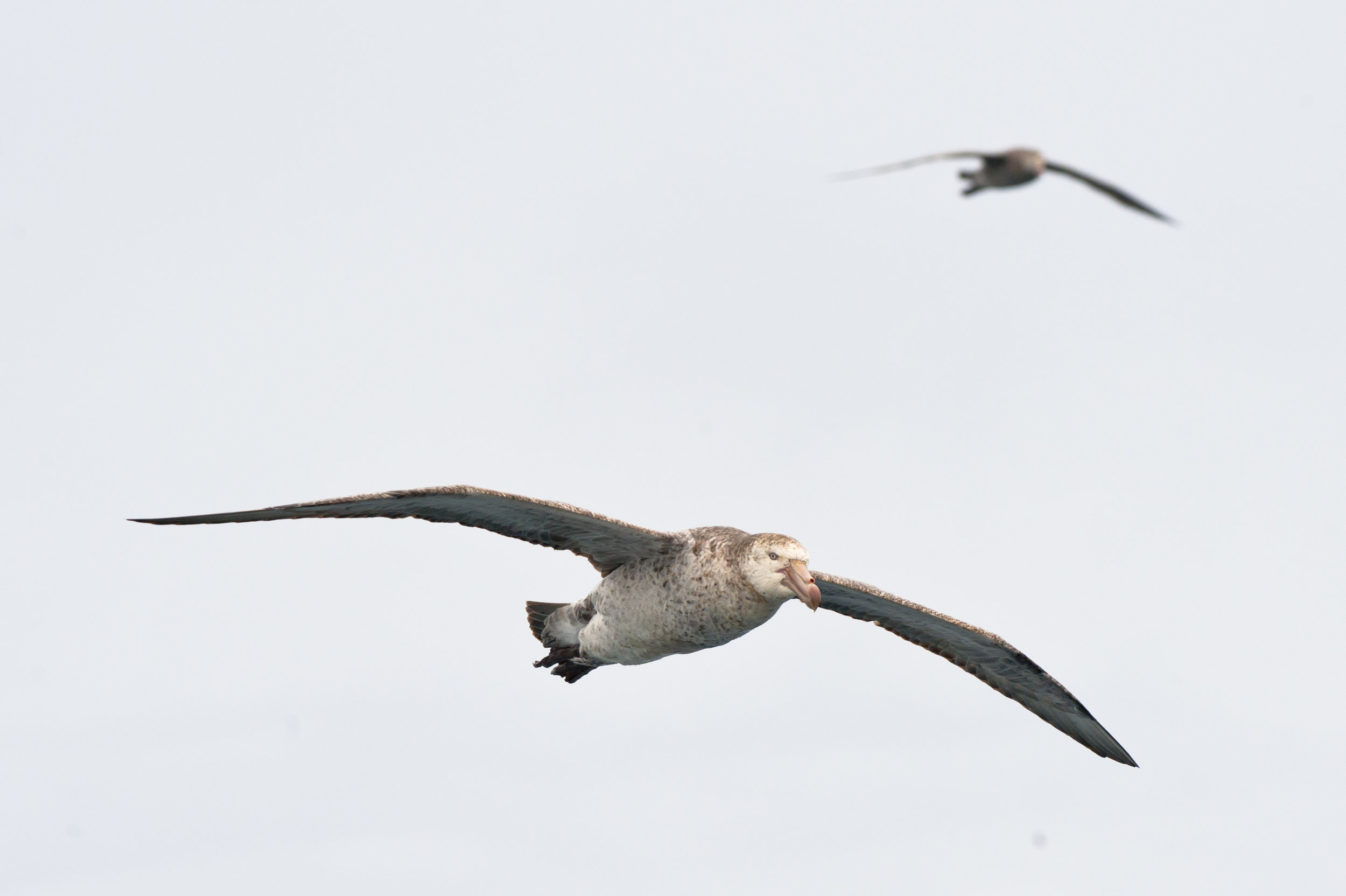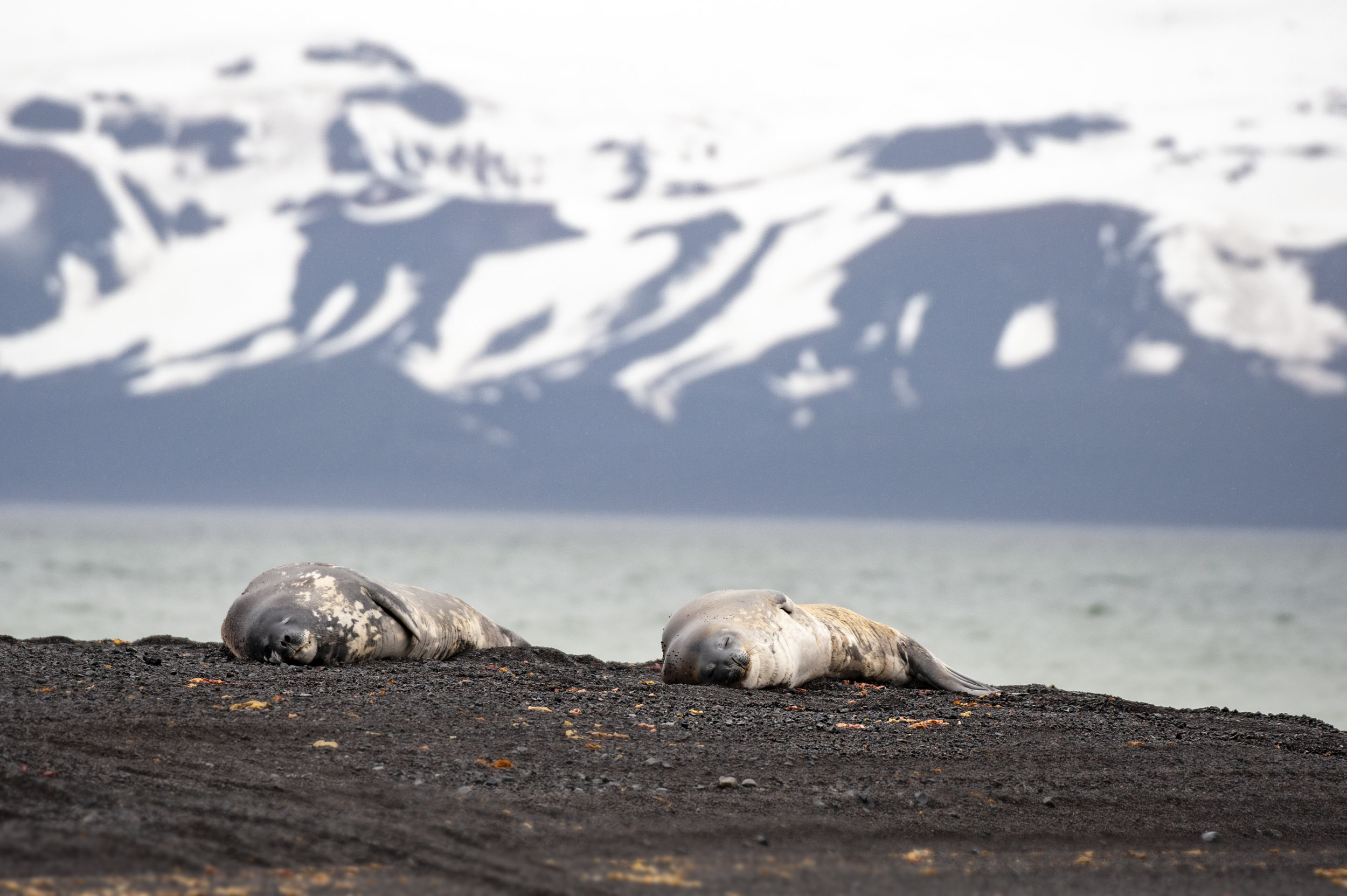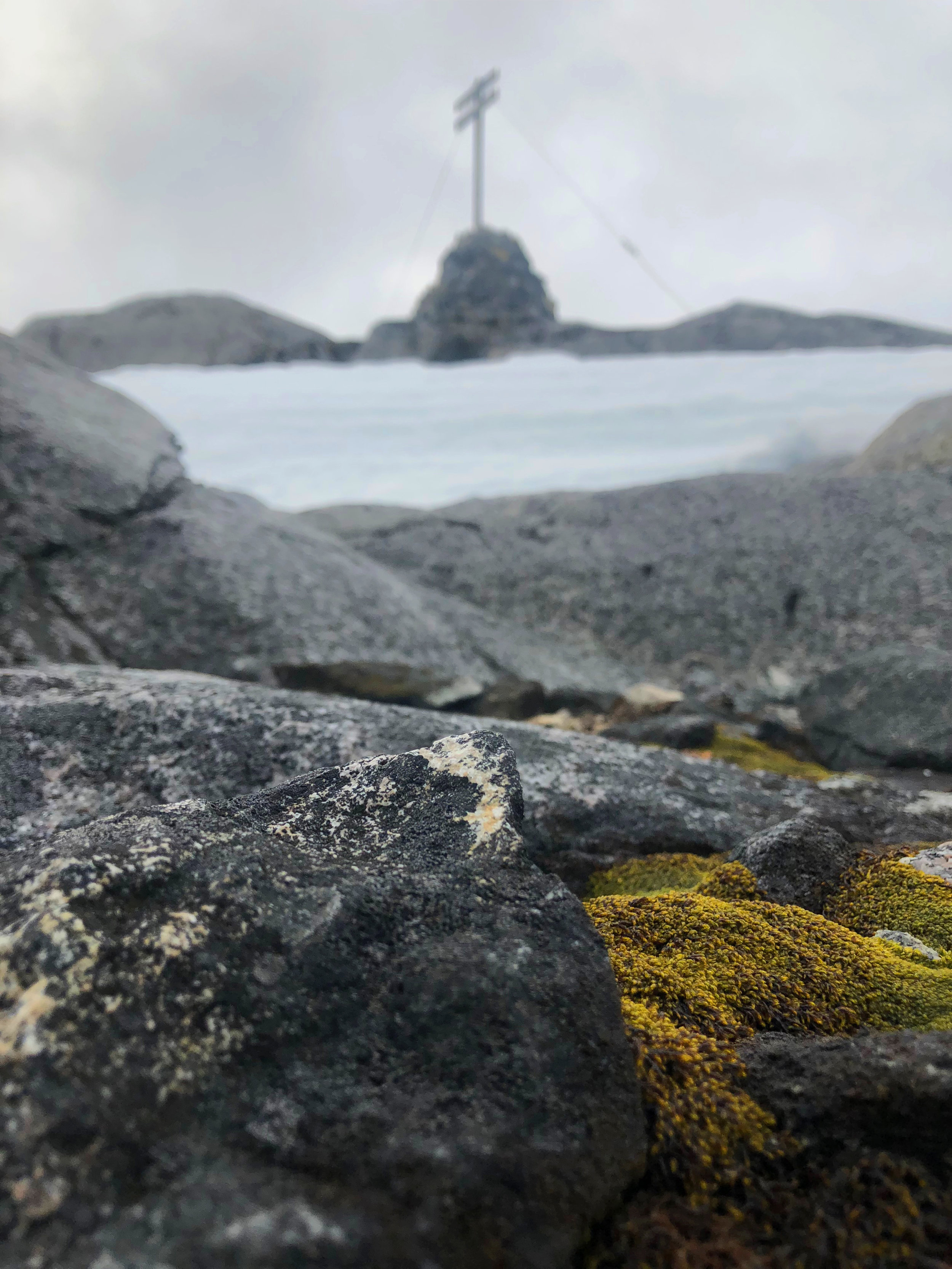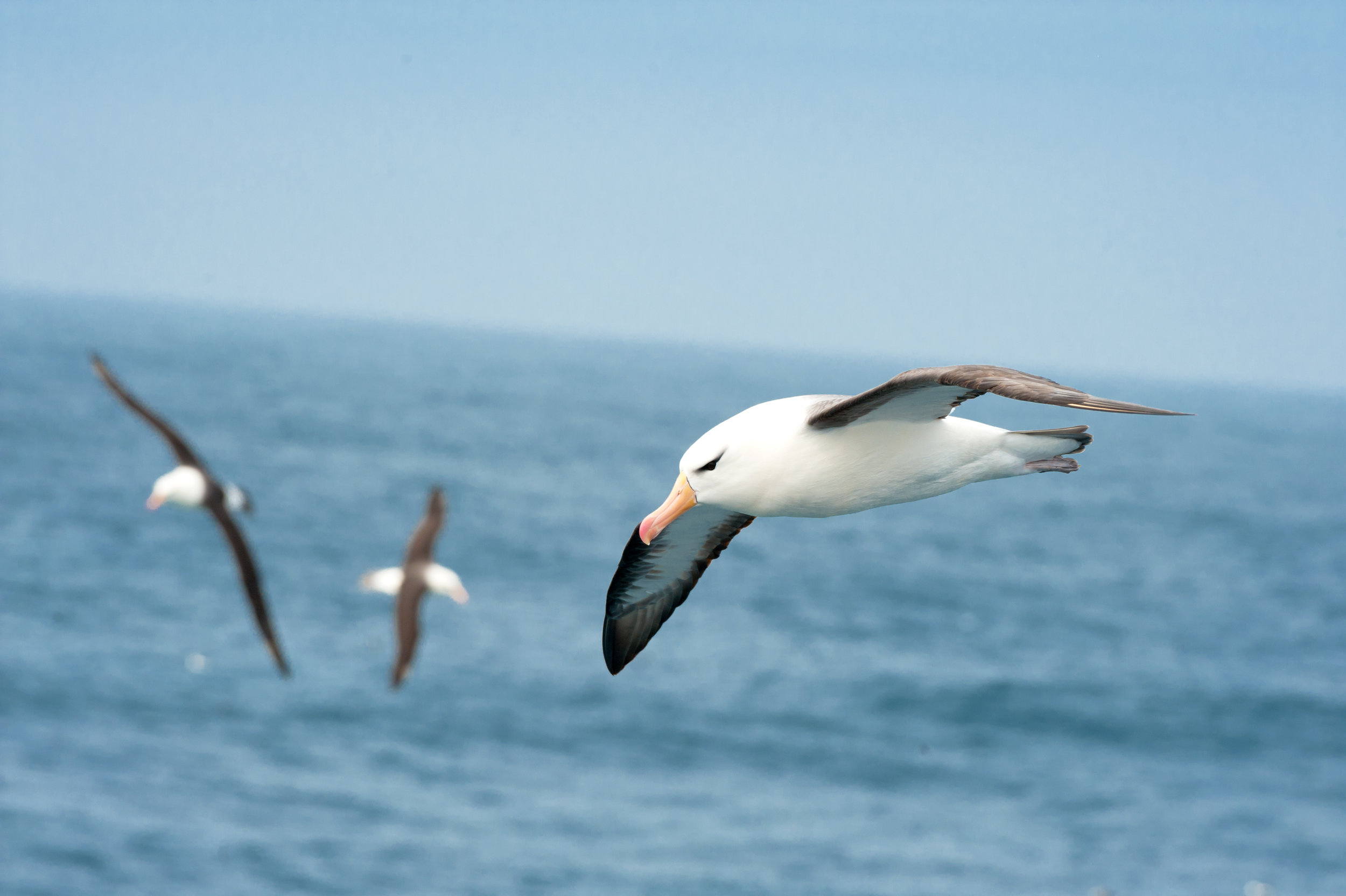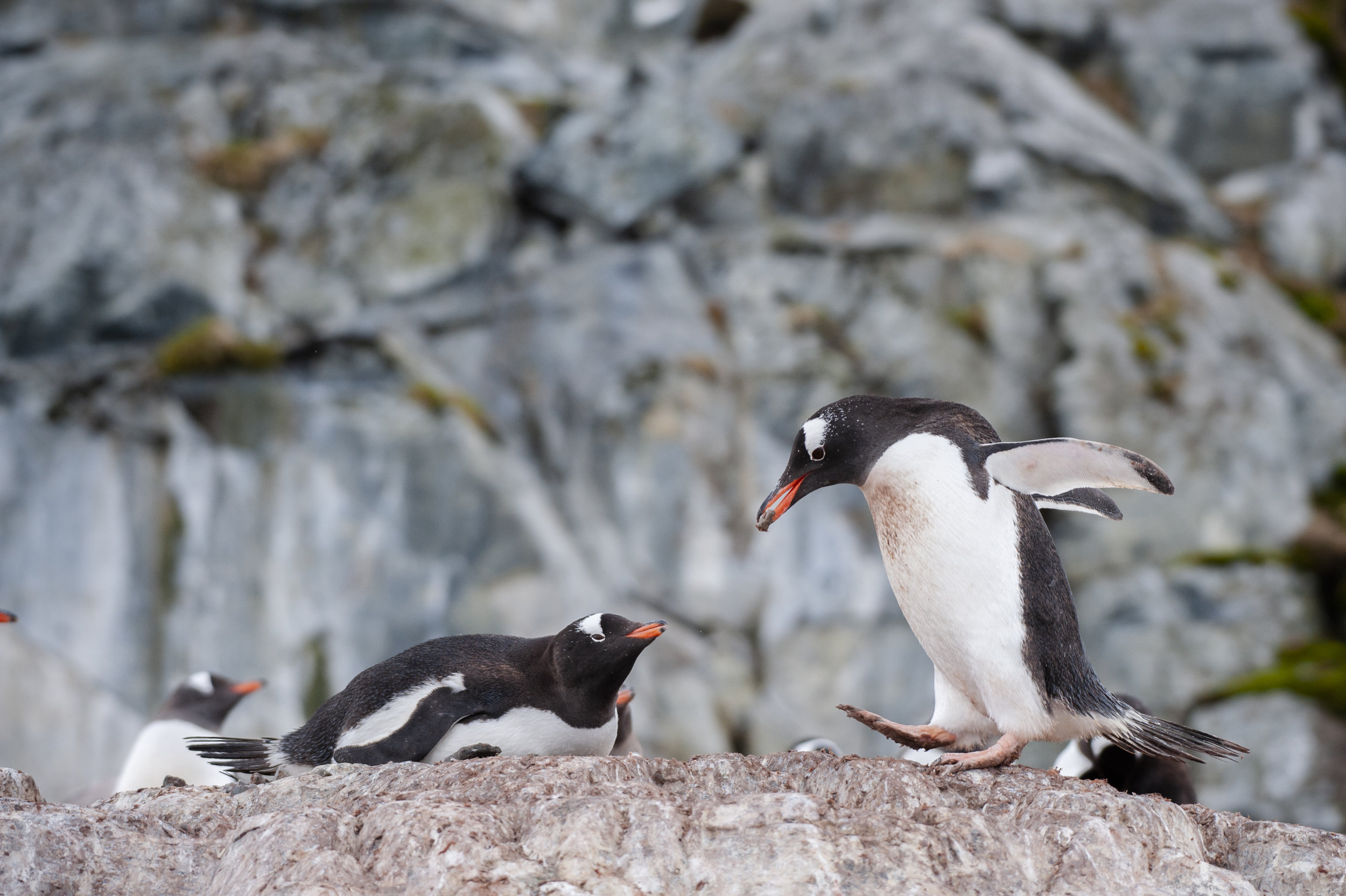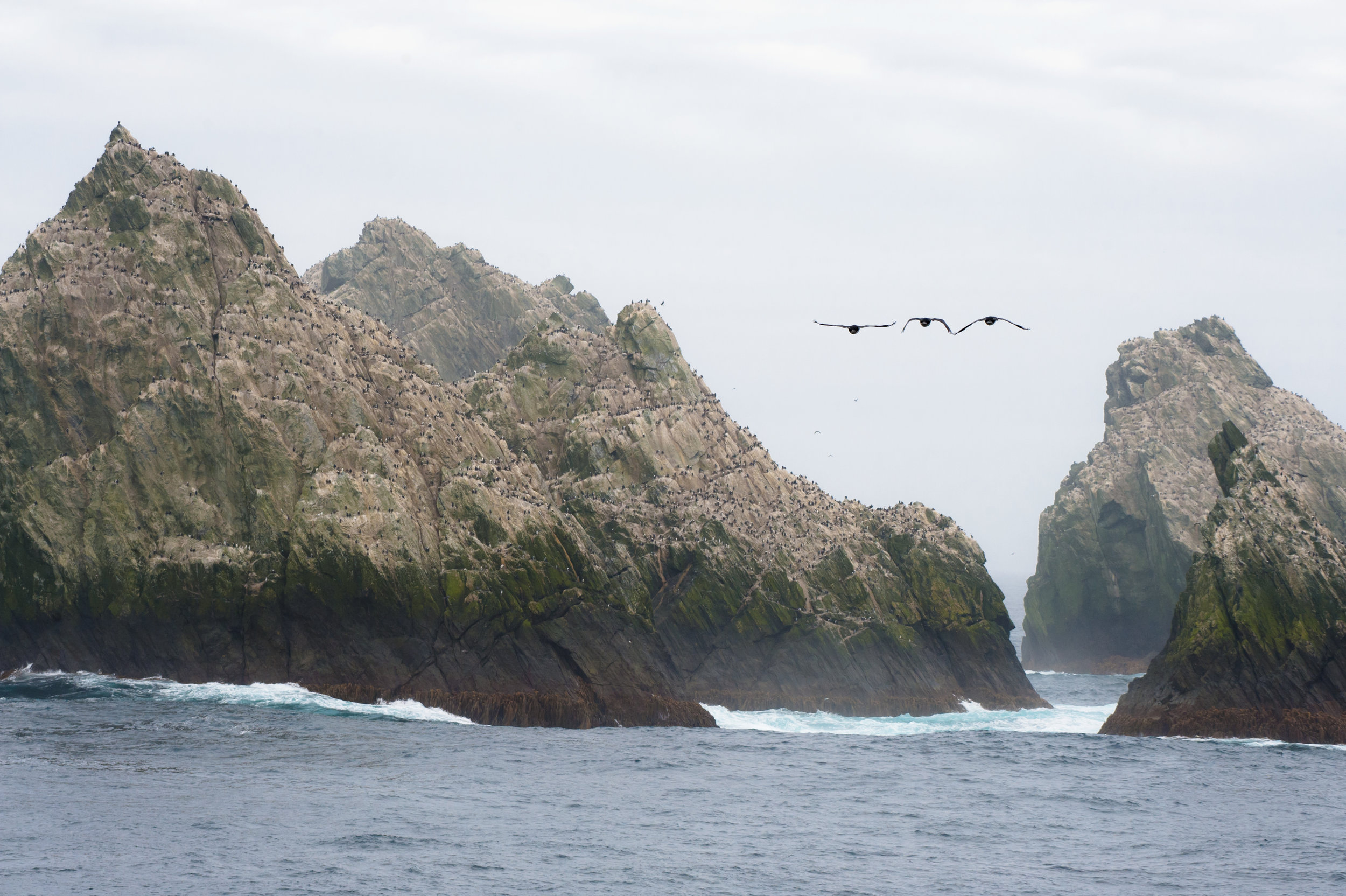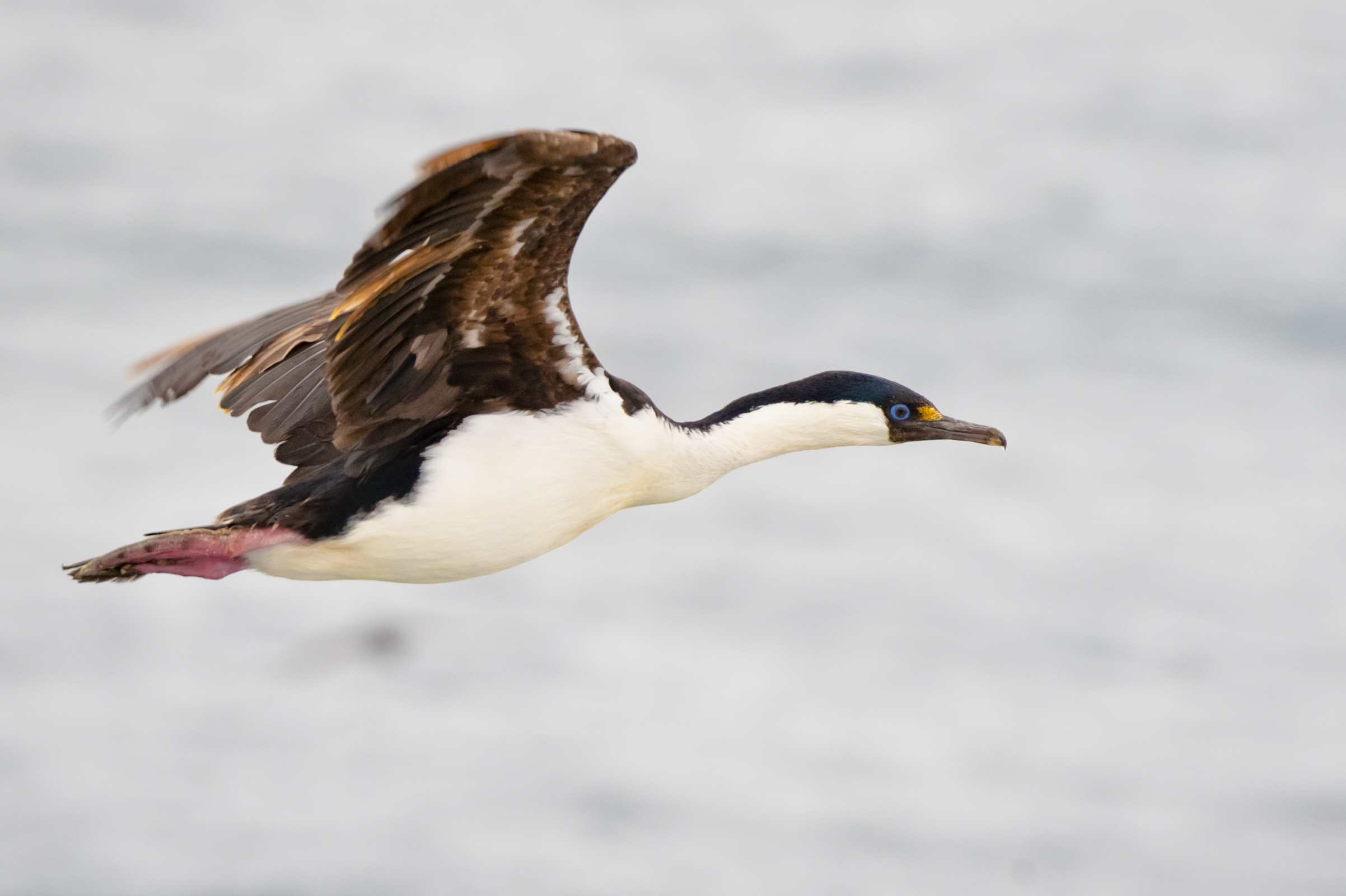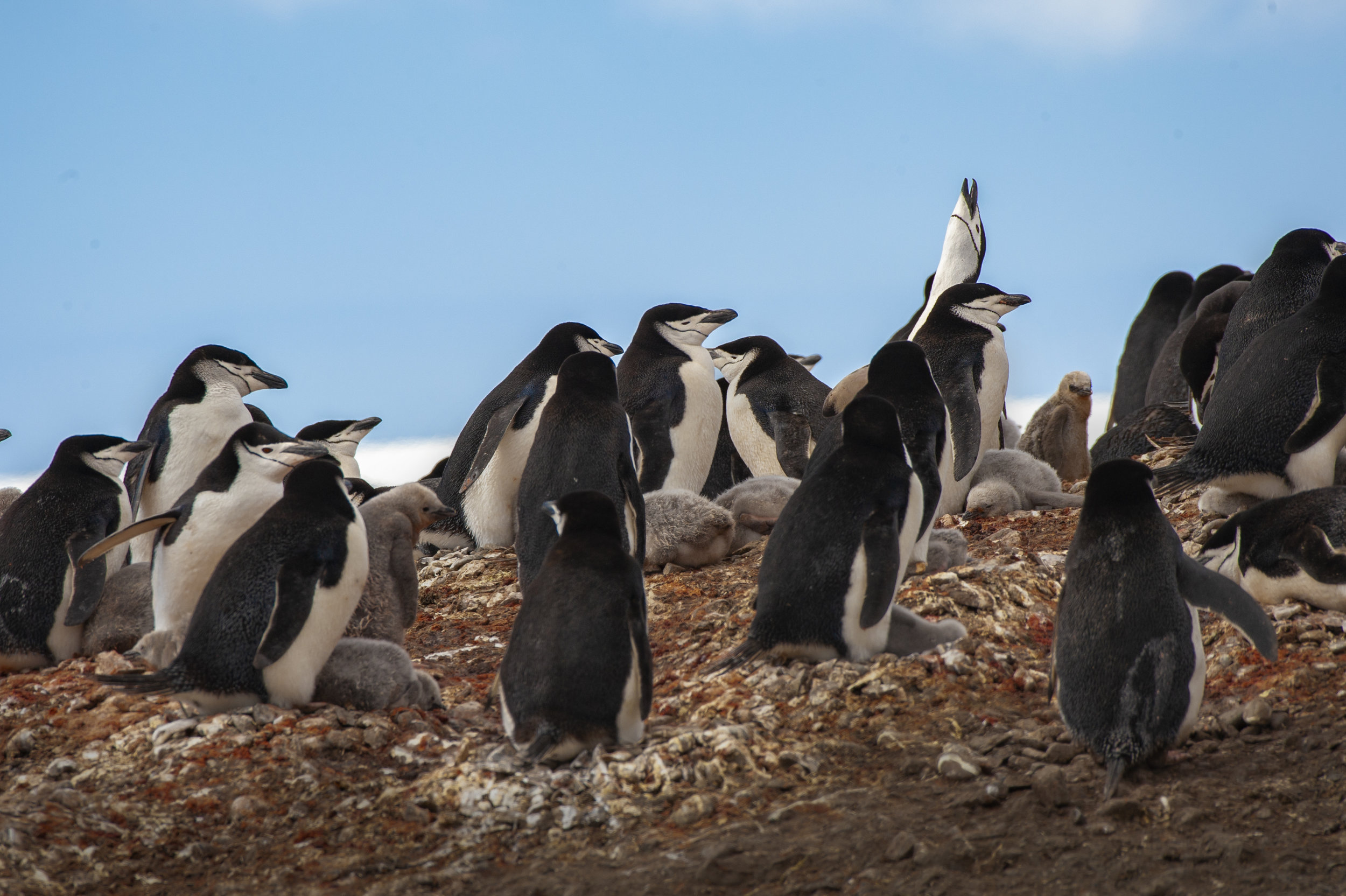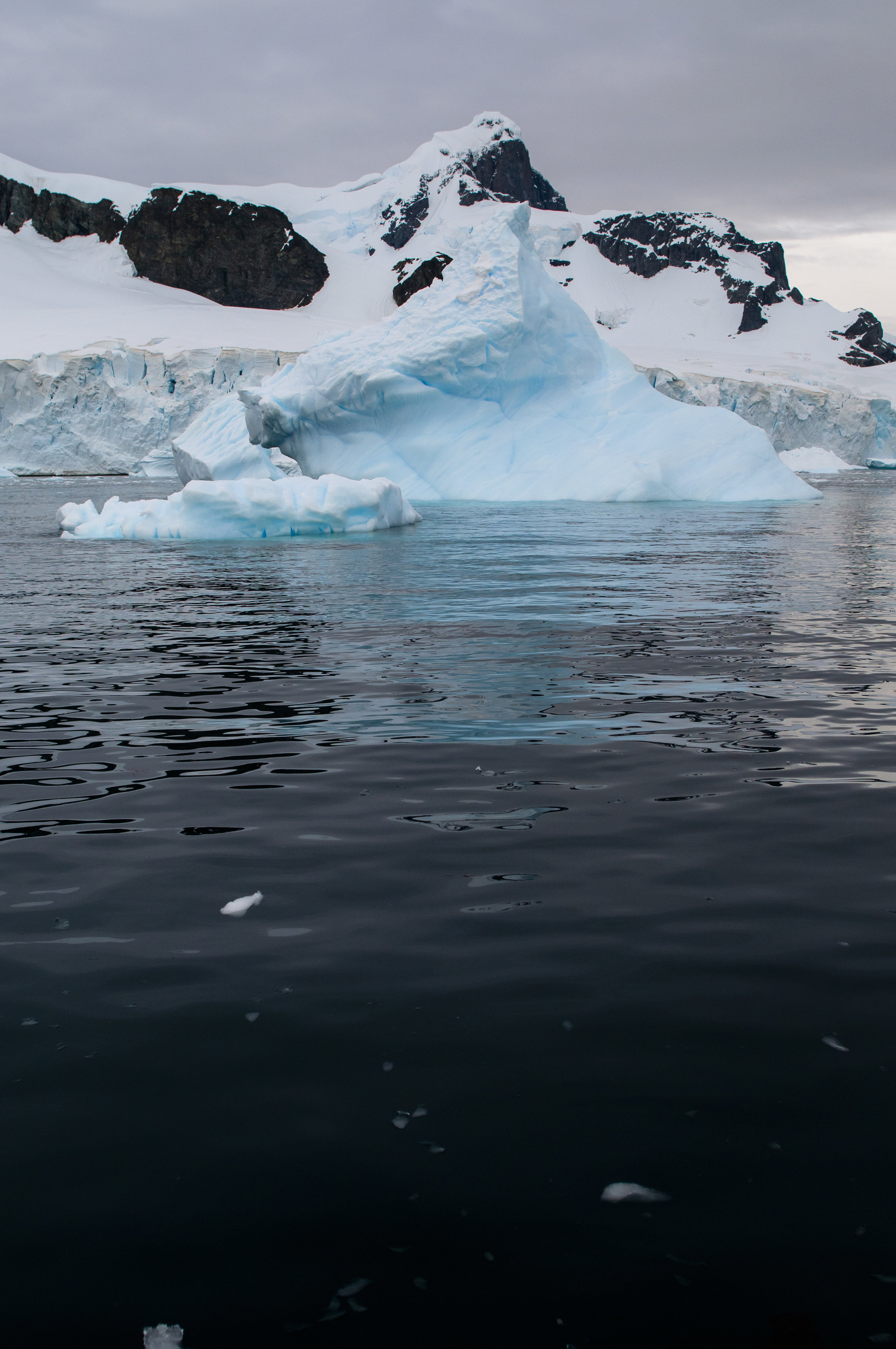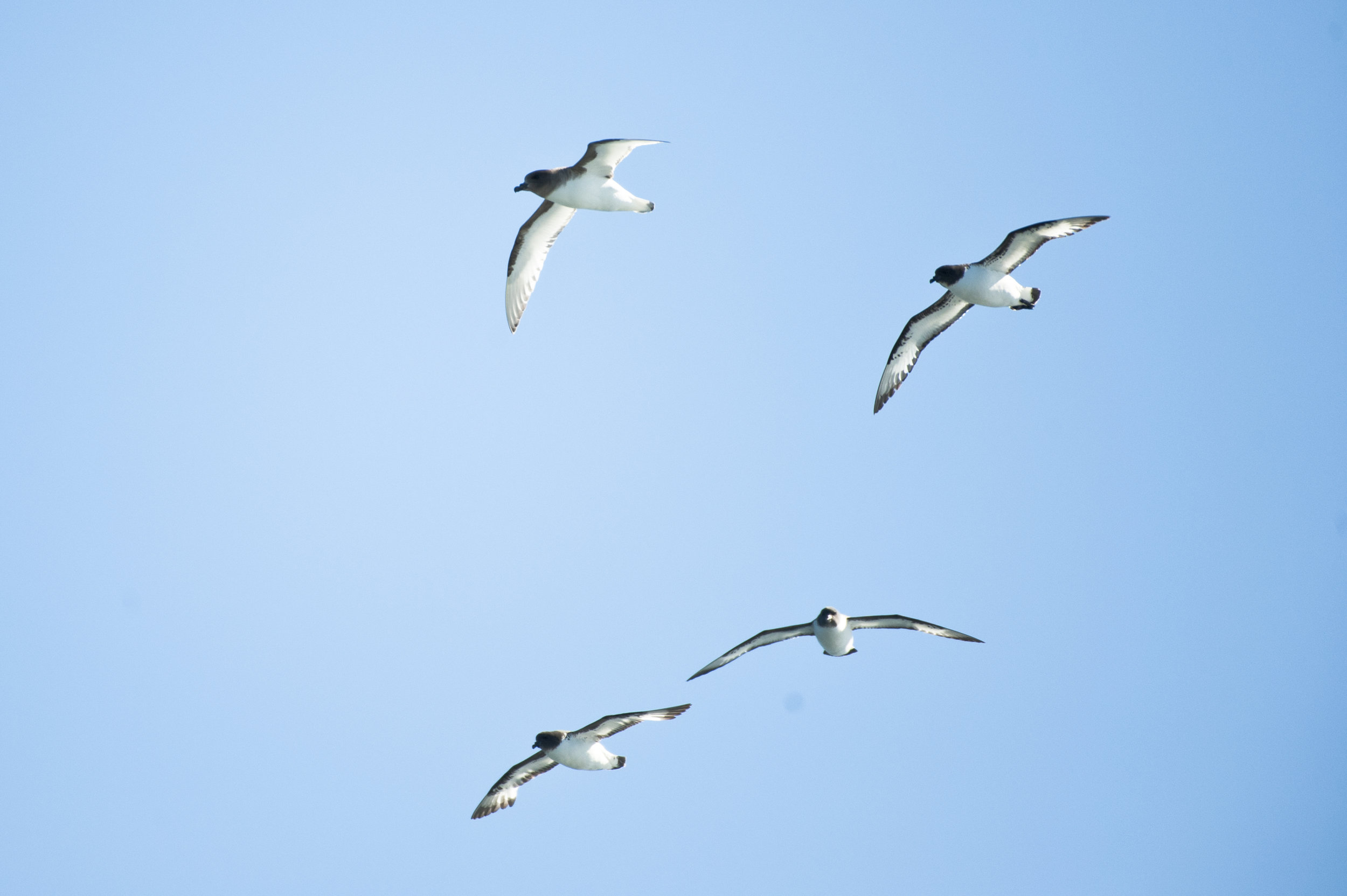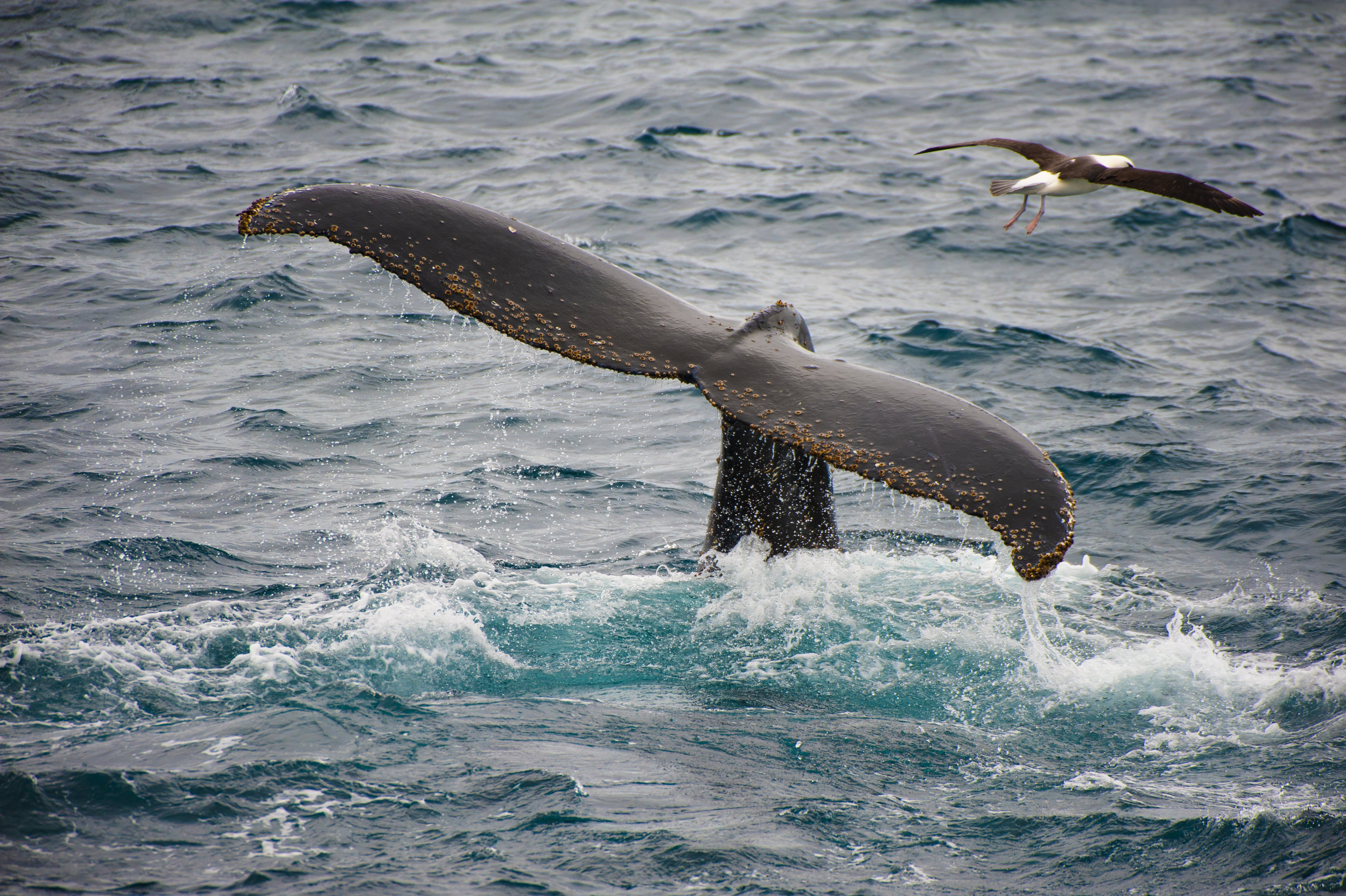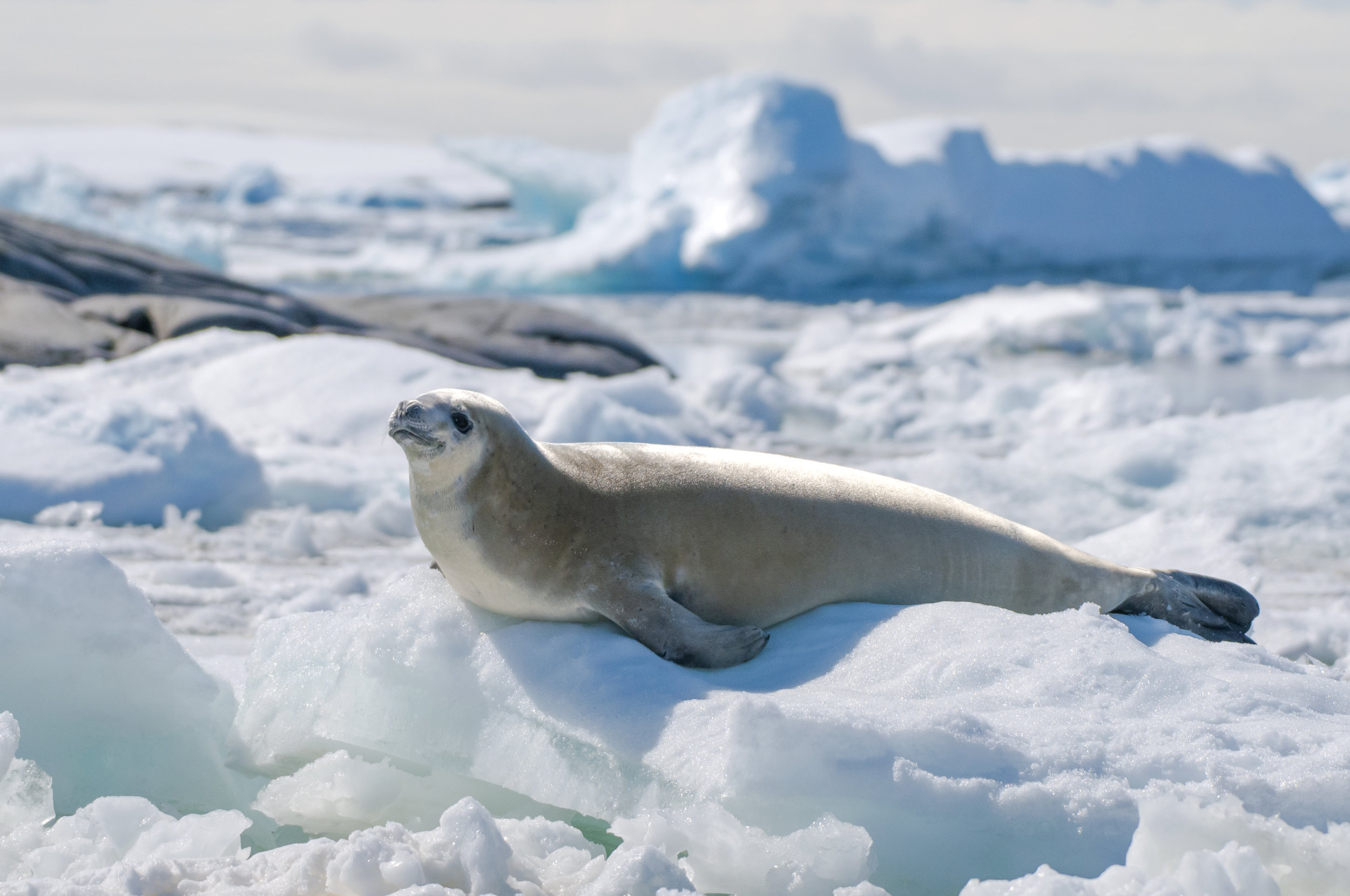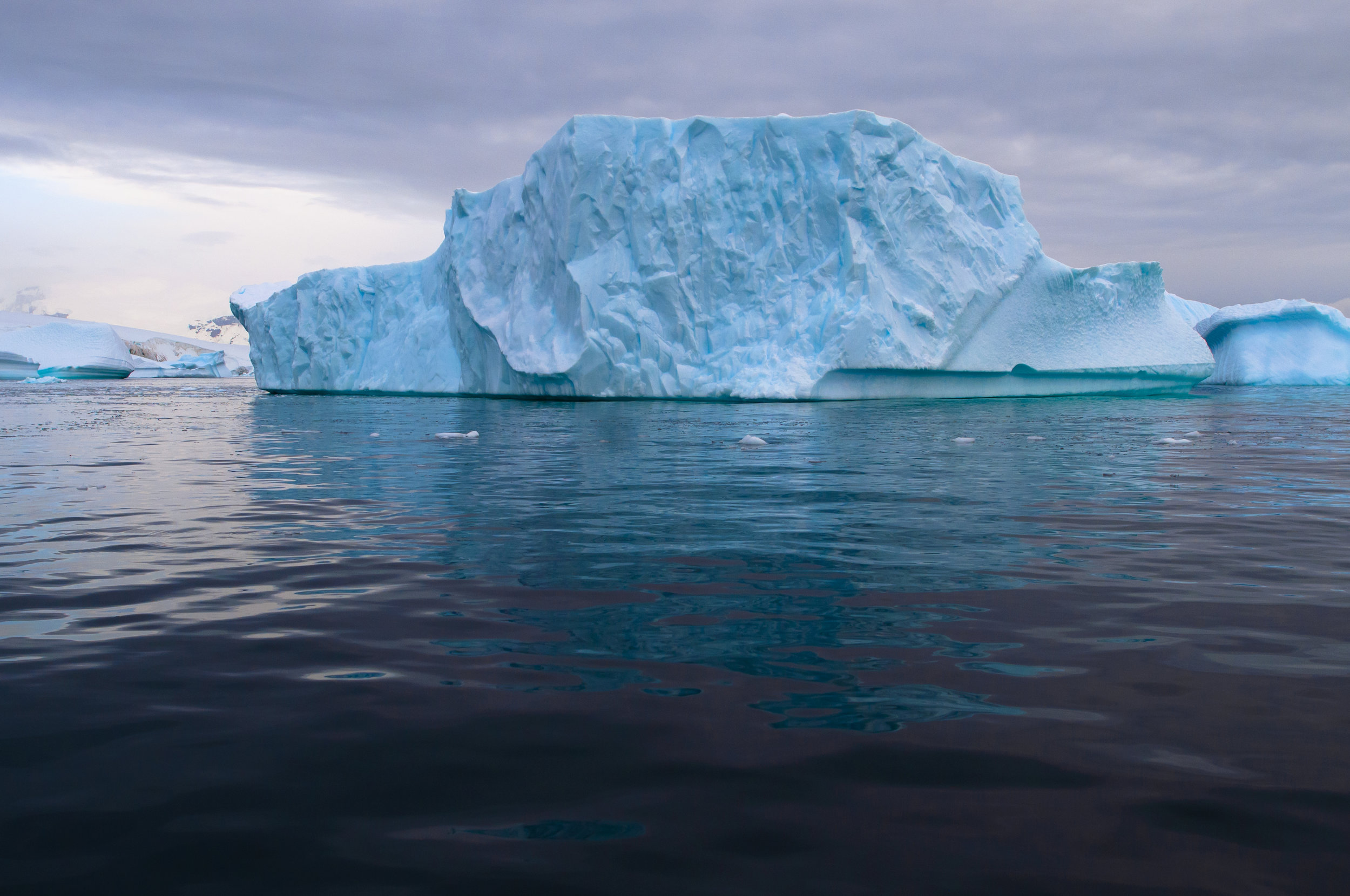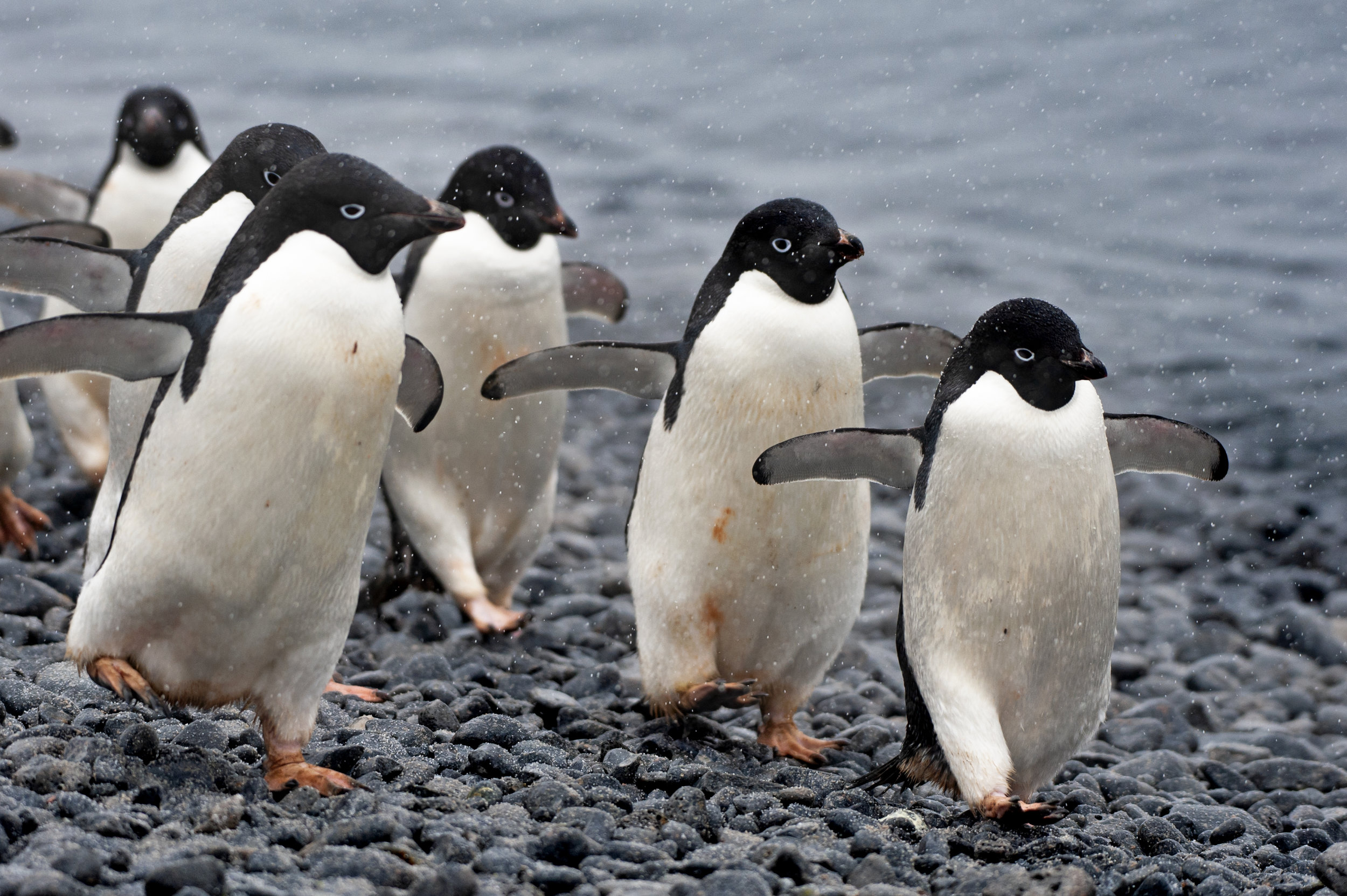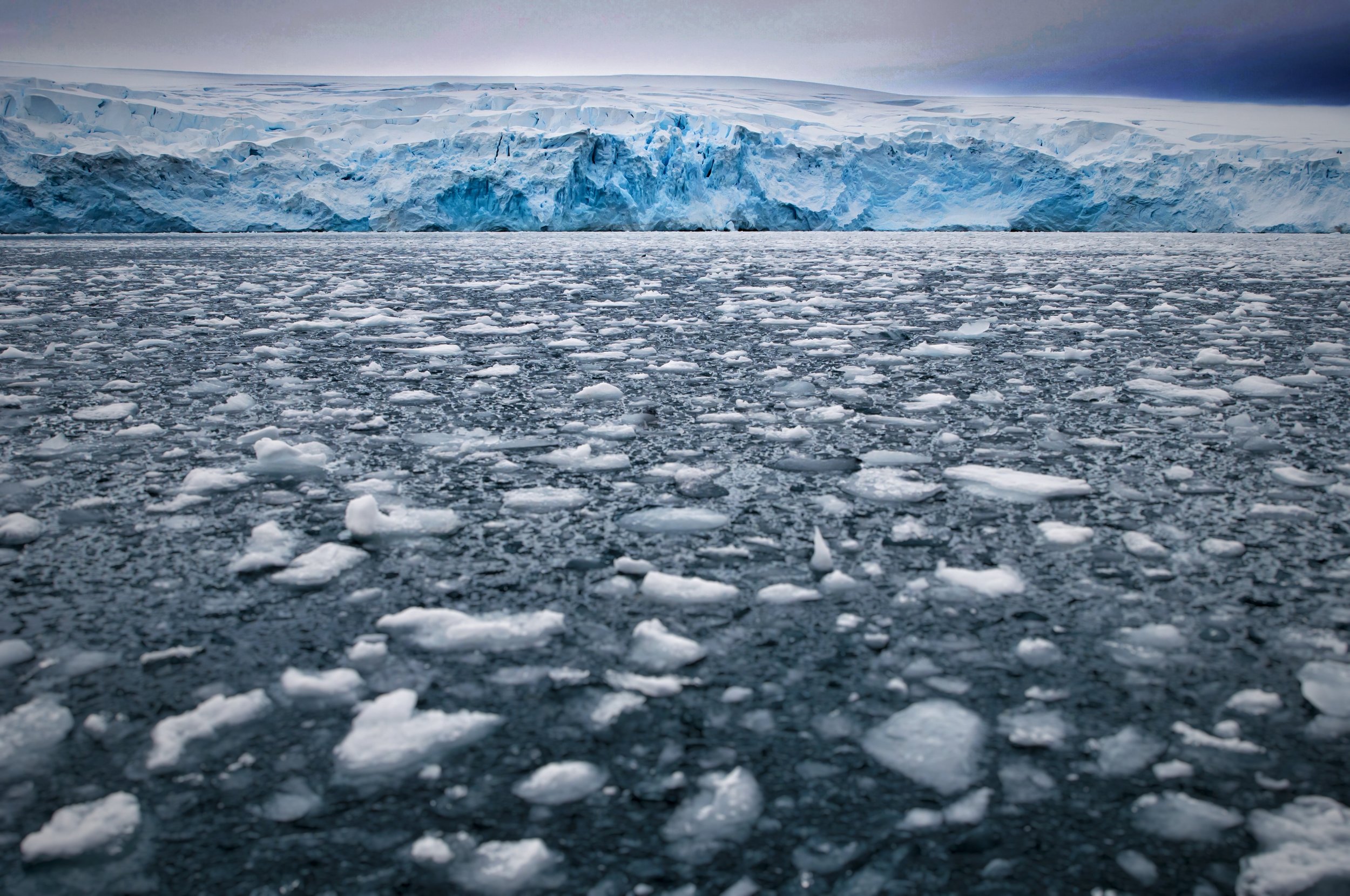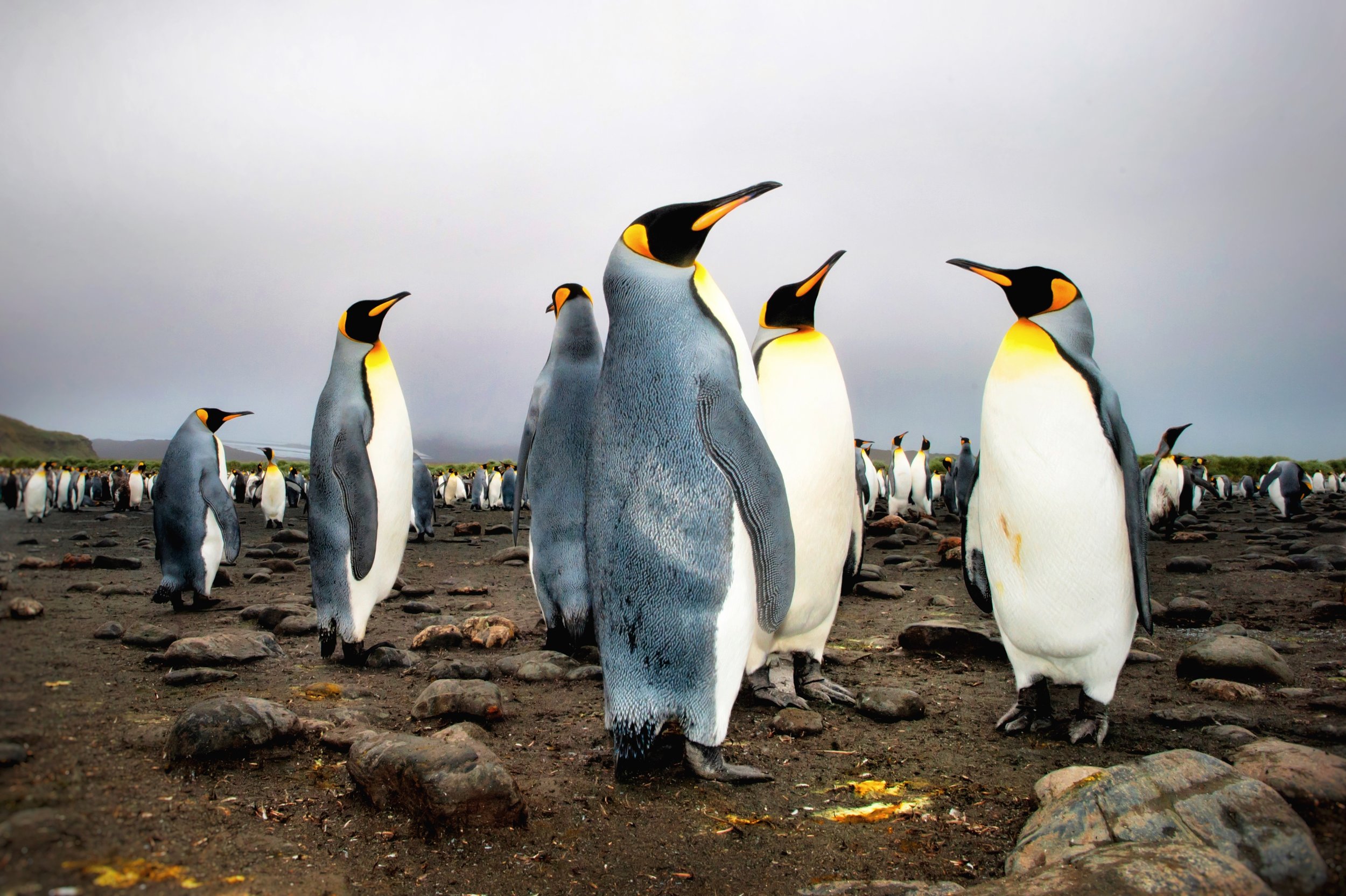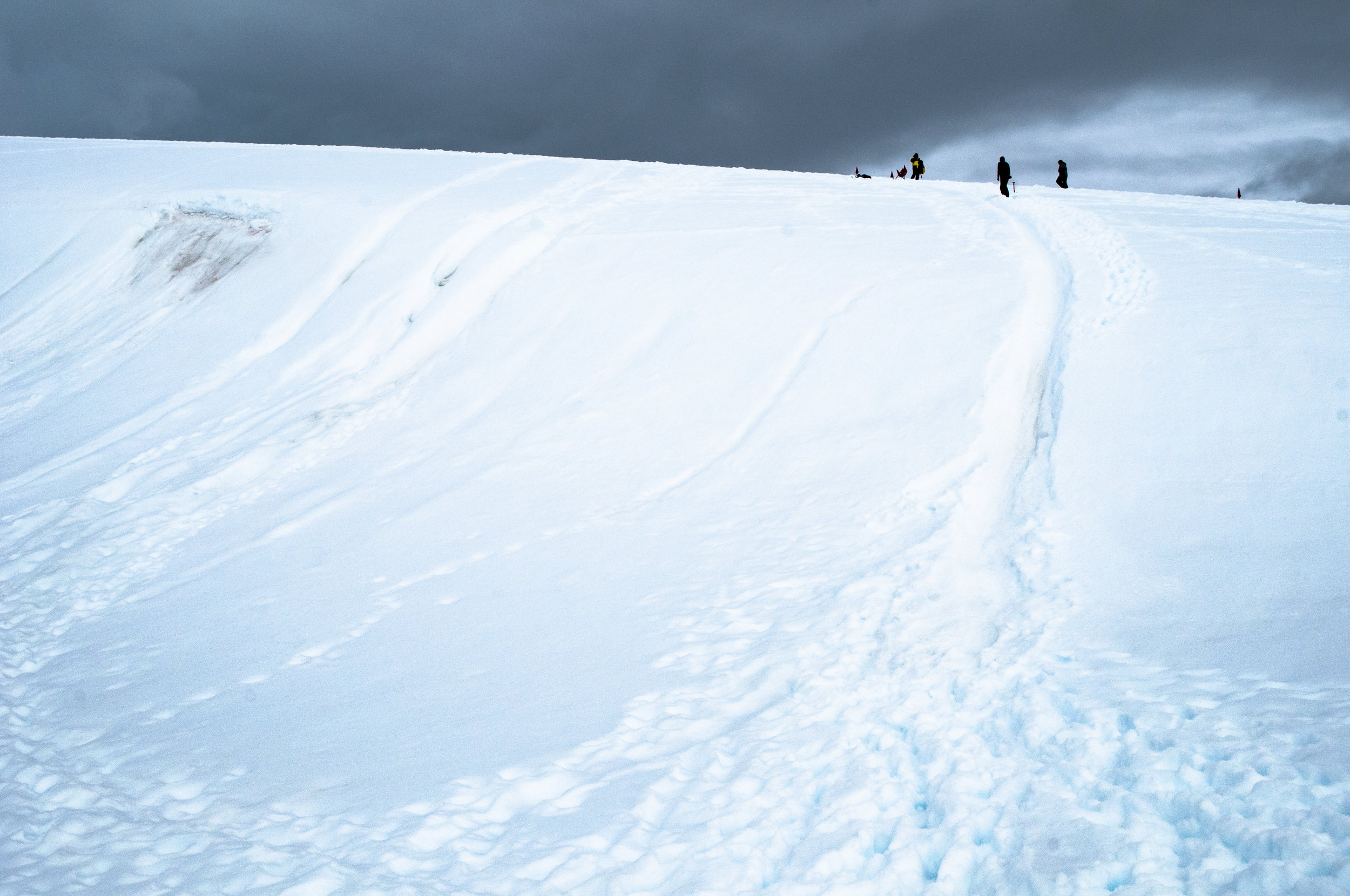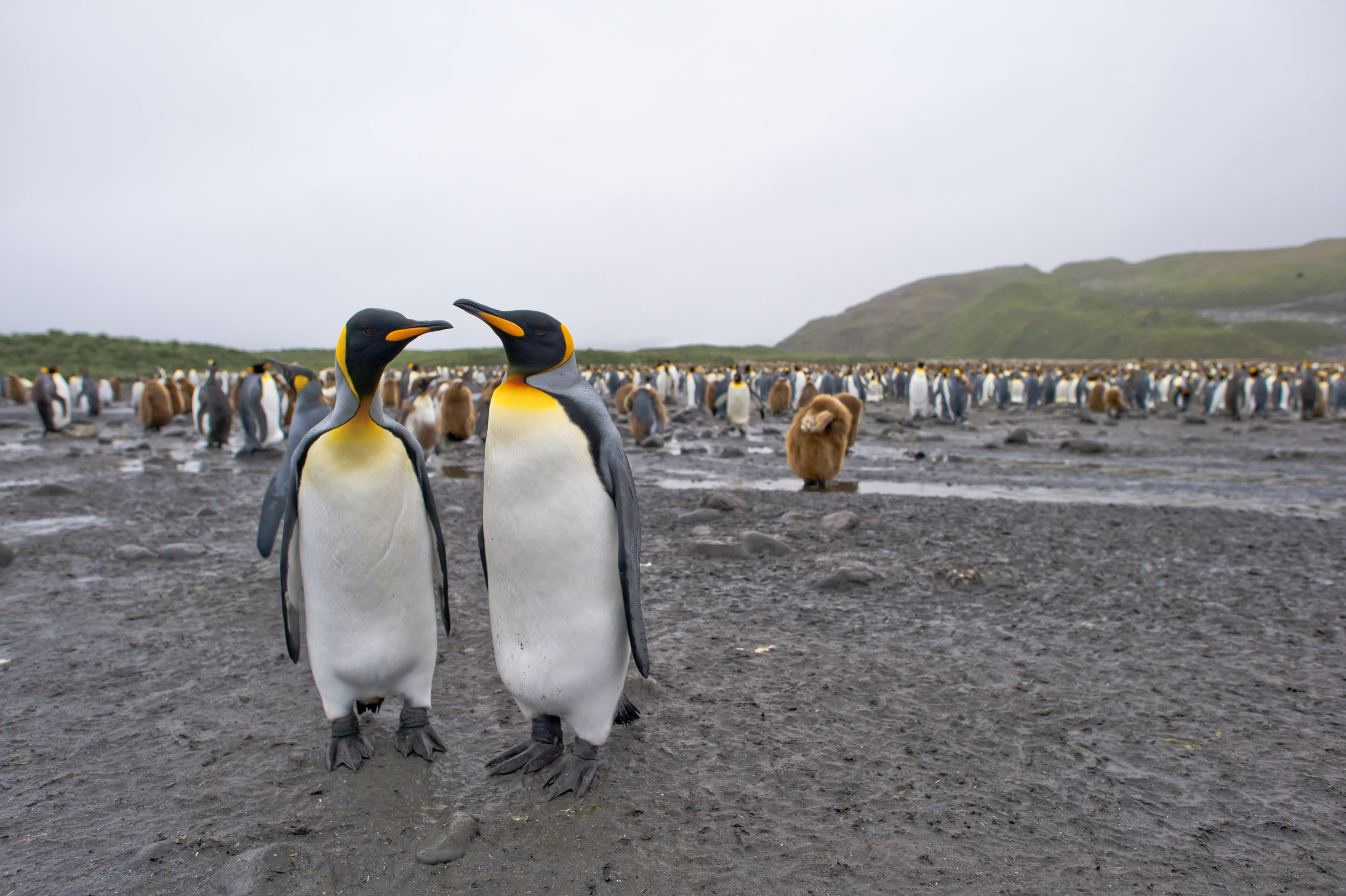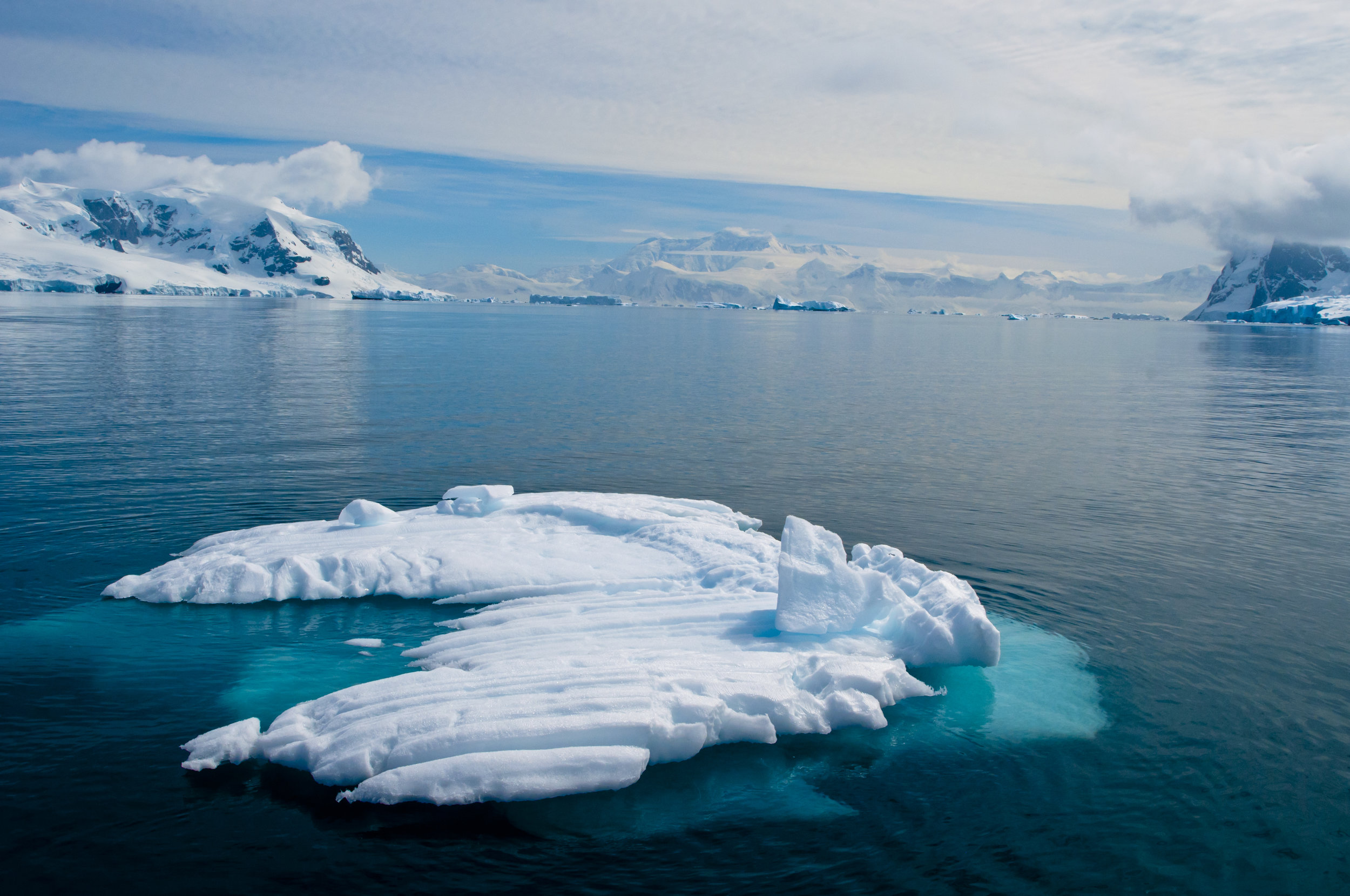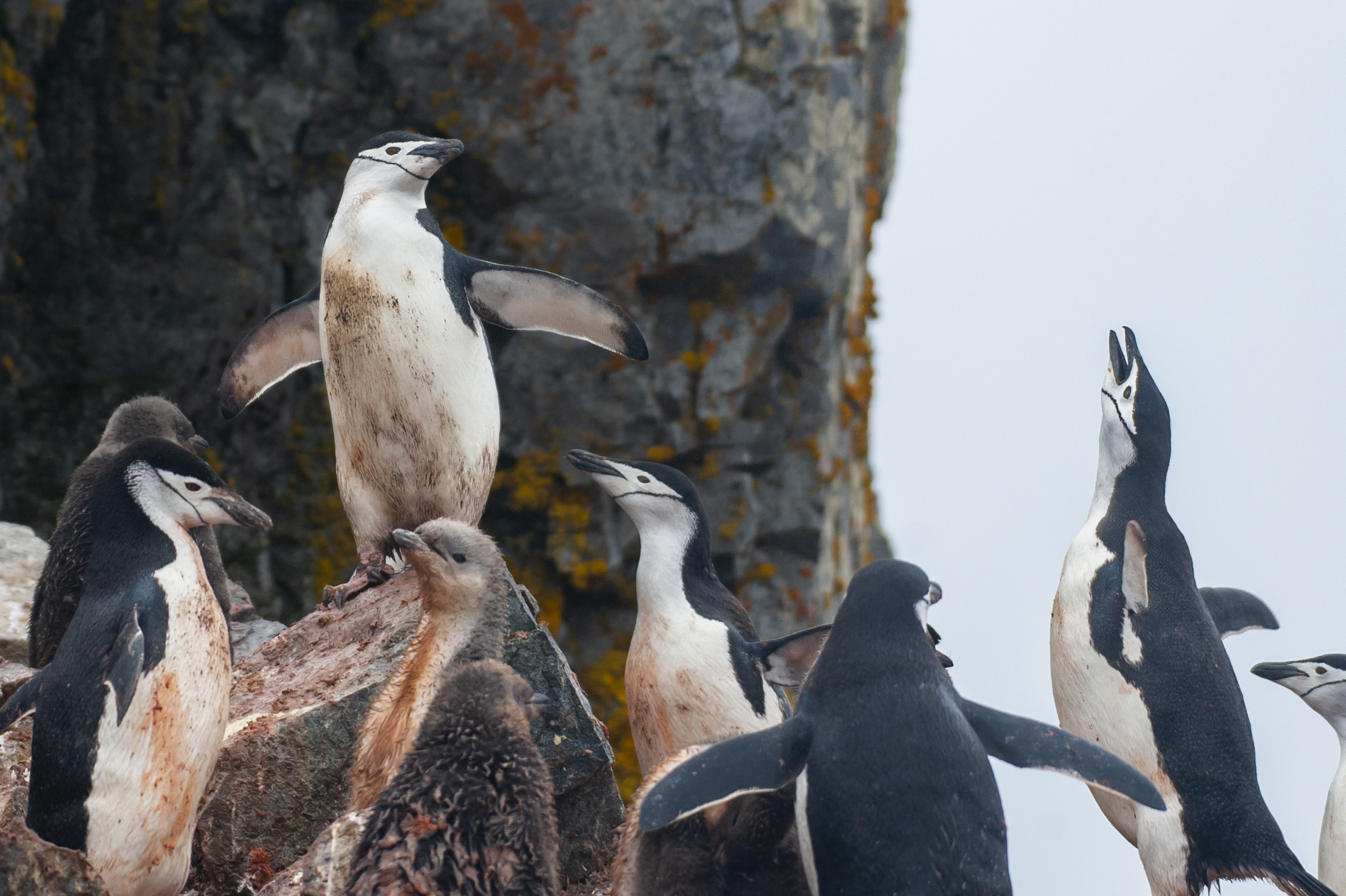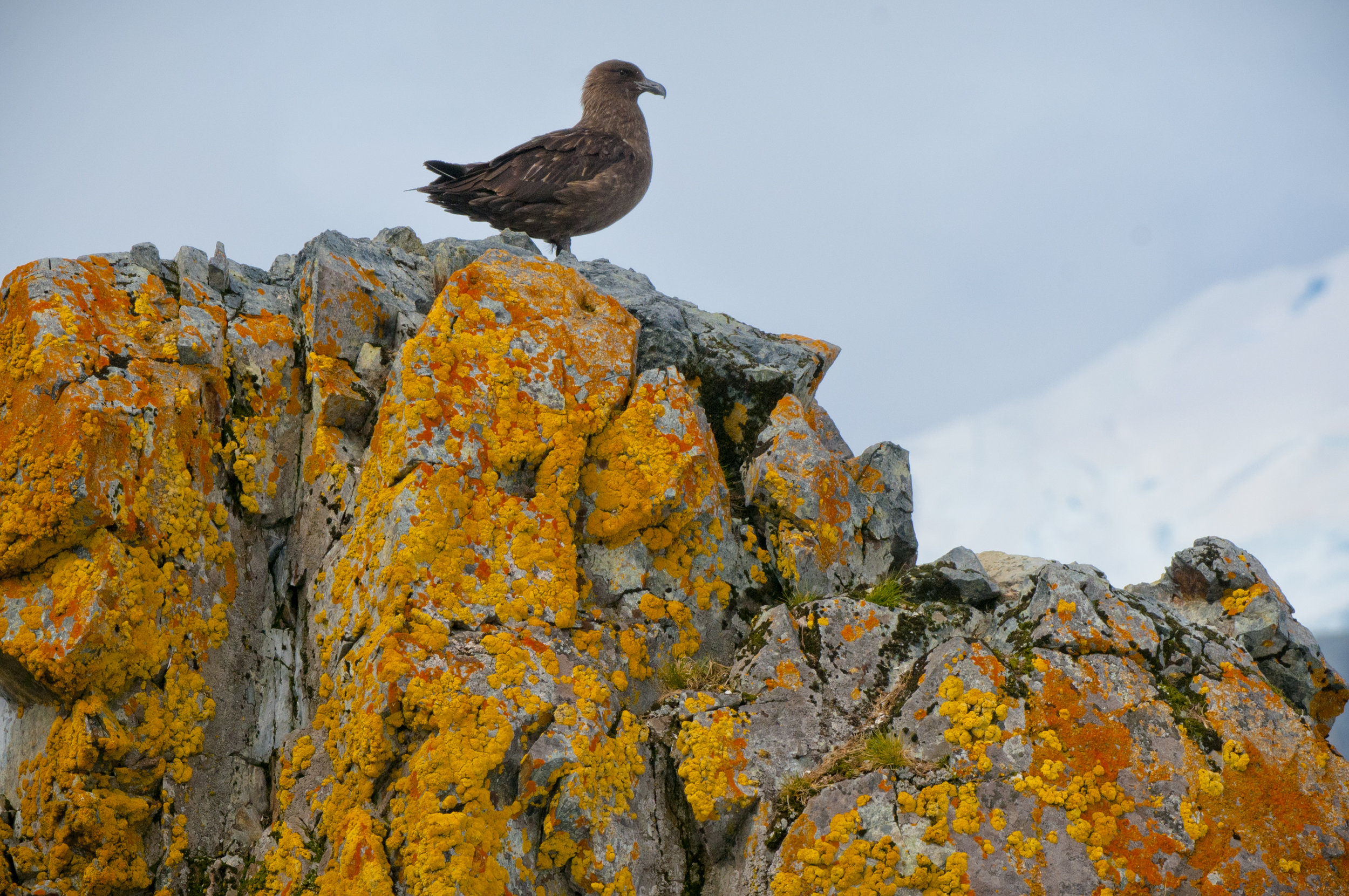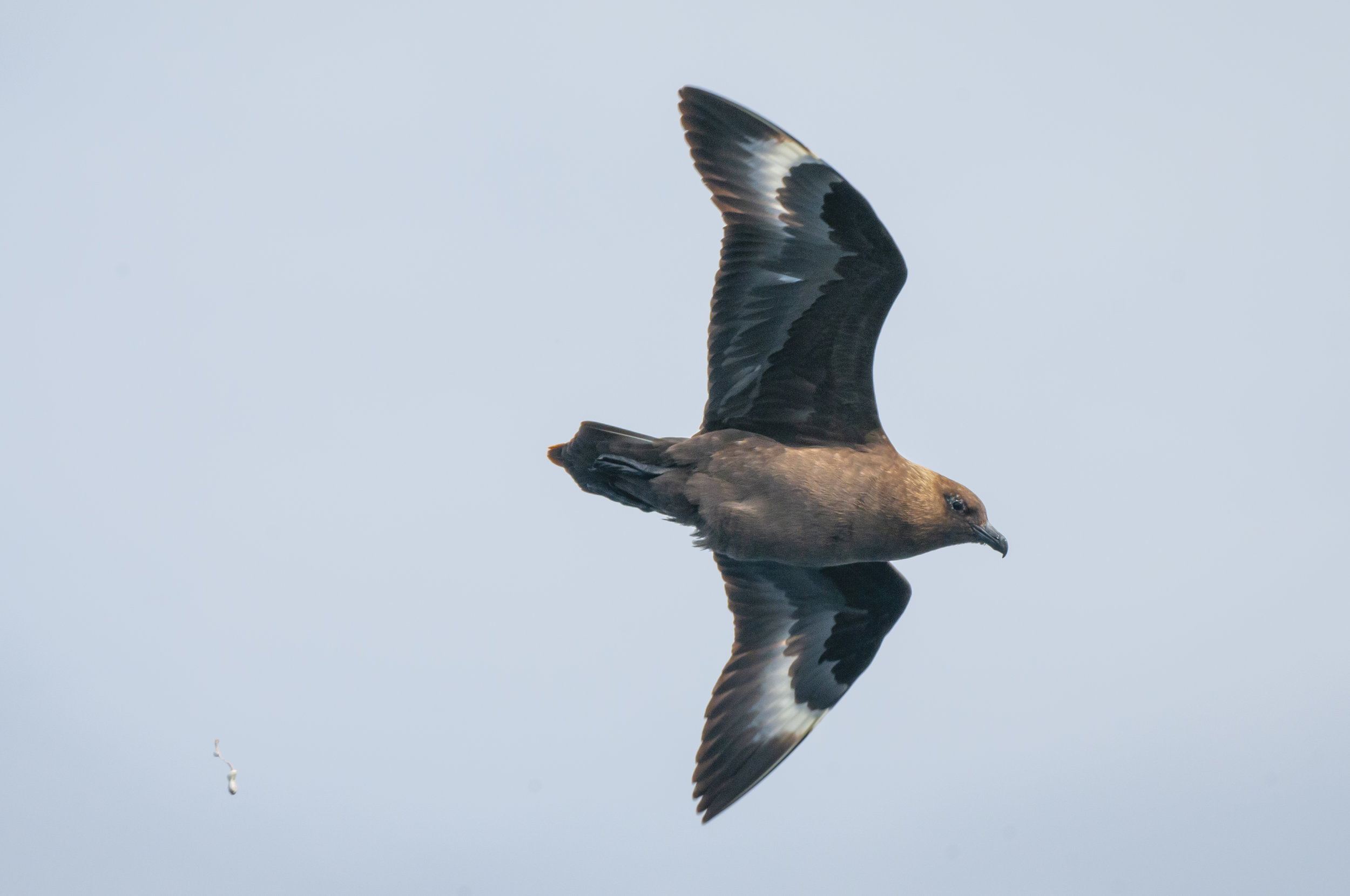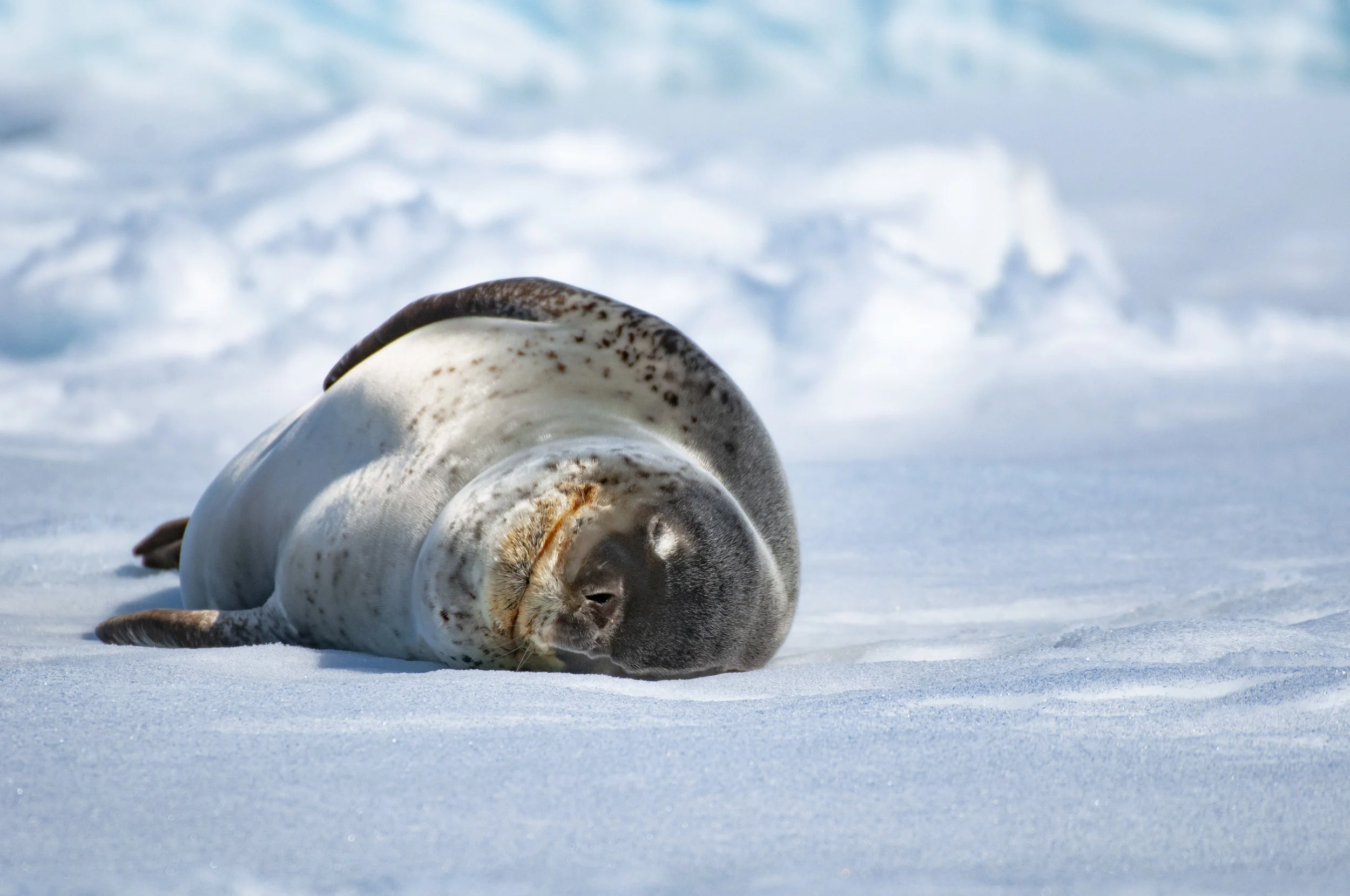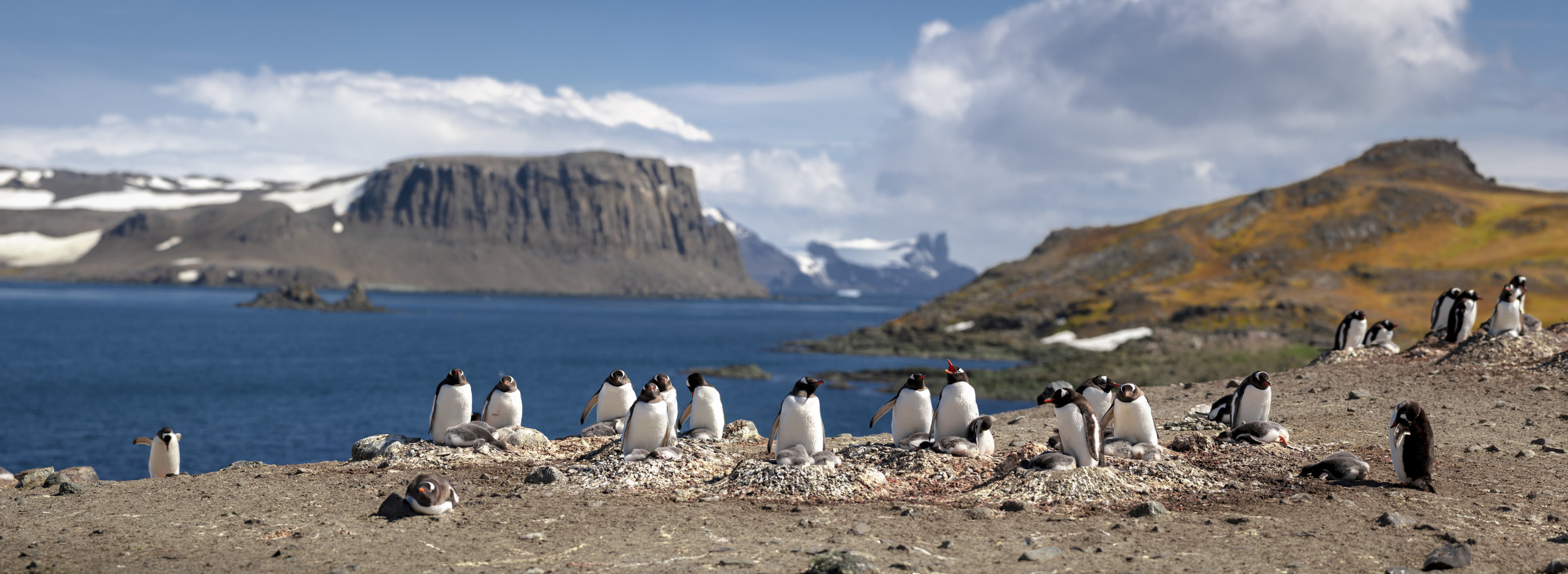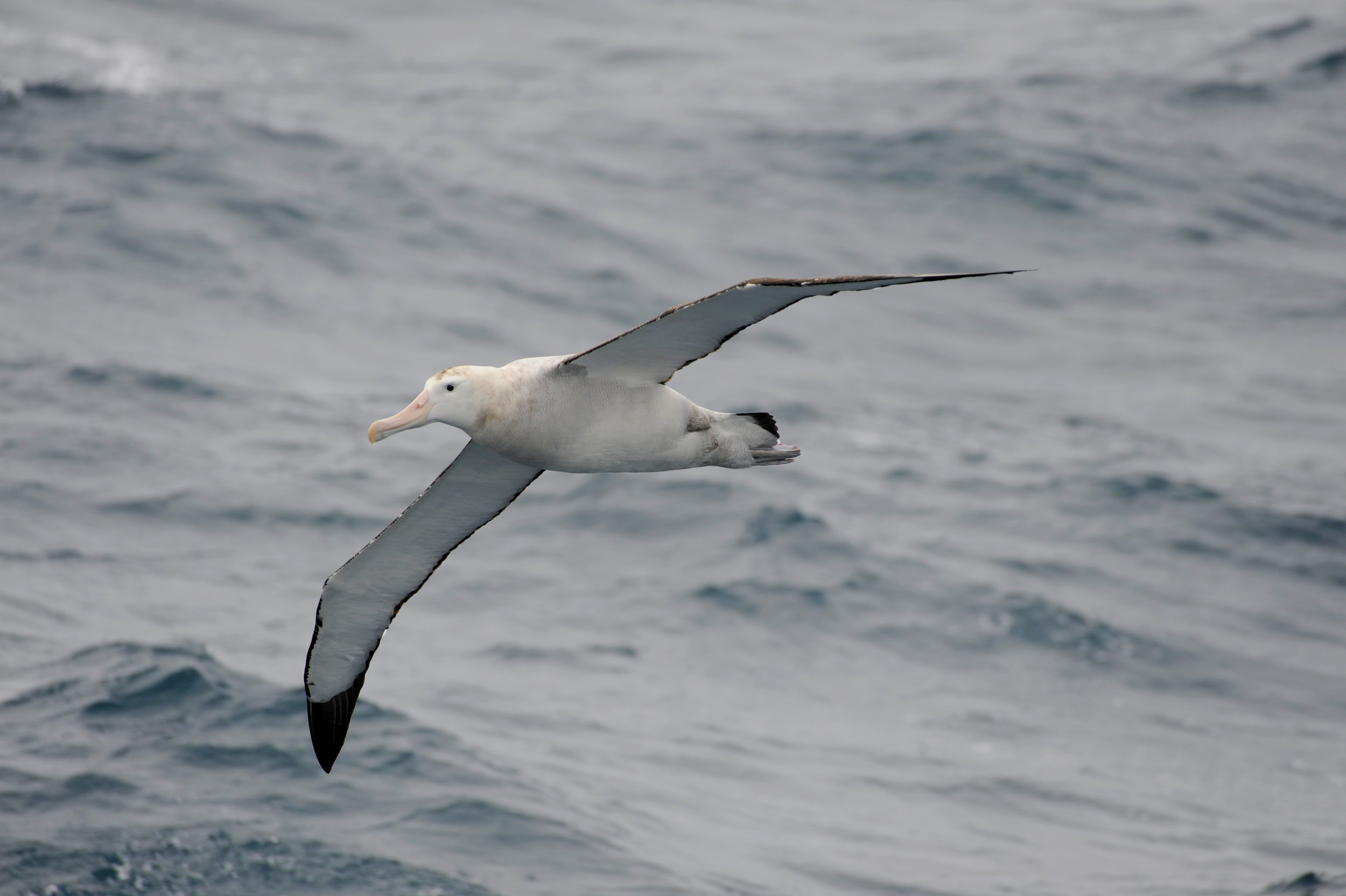Antarctica, South Georgia & The Southern Ocean — January 2019
What an incredible journey it’s been, to spend three consecutive years traveling to and exploring the Antarctic peninsula! There’s something that remains forever captivating about this place — its absolute isolation, the stark grandeur of its jagged peaks, the steady grinding of its bedrock by vast fields of ice. Living aboard a ship, life is a constant stream of high adventure, with its own challenges (forging hiking trails through knee-deep snow, navigating ice-choked bays by zodiac, keeping elephant seals from crushing your gear) and epic rewards.
The Antarctic peninsula (referred to hereafter simply as ‘the peninsula’) is an interesting place. This thin mountain chain thrusts Northward into the Southern Ocean from the driest, highest, and coldest land in the world; continental Antarctica. The interior Antarctic is a land very few humans will ever get to see: thousands of miles of icy wastes, broken only by the occasional gaping crevasse, mountain spire, or hermetic scientific outpost (like the one on the South Pole, or Russia’s Vostok). It is a forlorn land ruled by ice, slowly churning and grinding away at bedrock, miles below.
To most people, at first glance, the peninsula seems much the same: towering glaciers tumble into the sea, jagged mountain peaks rise from the roiling waves to staggering heights. But here, with an abundant ocean slamming against its shores, islands and ledges, there is life — perhaps some of the highest densities of life anywhere on the planet. Immense swarms of Antarctic krill, the staple of the Southern Ocean diet, outnumber human life on earth 57 billion to 1. Thousands of whales (it was millions before we slaughtered them en masse) flock to these shores to to the point where it’s sometimes difficult to get away from them. The Antarctic’s ice seals are among the most abundant wild mammals on Earth — population statisticians estimate that there are around 15 million crabeater seals plying the icy waters around the white continent (luckily for crabs, the seals much prefer krill). And then, of course, there are the penguins. There’s plenty of penguins too.
I hope you enjoy this selection of photos and stories from my most recent expedition with Abercrombie & Kent. It’s taken me about a month since my return home to go through these pictures and edit down several thousand to just a few. Here they are!
Most penguins express some mild curiosity when visitors are ashore, but some become obsessed. This little guy spent his afternoon trying to figure out what the strange object on the beach was — in this case, it was an iPhone. He managed to get a good selfie out of the deal!
The setting sun illuminates a field of brash ice in the South Shetland Islands.
Birds around the world use sound as a powerful communication tool, and penguins are no exception. This chick is only a couple of weeks old, but it’s learning quickly that when your parents call, you answer!
Everyone goes through some awkward teenage phase… Before molting into their more regal adult feathers, young penguins are forced to endure this brown cottonball look. These spunky little guys look so different from their parents that early explorers thought they were a different species!
At the extreme Northern tip of the Antarctic Peninsula, at the base of an ancient volcano cloven in two by the grinding of ice, lies a thriving colony of Adélie penguins. “Brown bluff” may be a fairly uninspired name for this awesome place, but the hordes of penguins nesting among the volcanic rubble regard it as home.
This feeding humpback came straight towards the ship during an incredible encounter in the Scotia Sea. Underwater, dozens of these animals maneuver to coax krill into massive swarms, pinning the tiny crustaceans against the surface before devouring them by the thousands.
In one of the world’s most spectacular displays, a humpback whale erupts to the surface with a mouth full of krill! You can even see the water pouring out of the sides of its mouth; inside, a huge curtain of fibrous baleen is filtering the minuscule prey from the seawater.
The Lemaire Channel is one of the most beautiful spots on Earth, bar none. Sunsets here are absolutely unreal.
Floating ominously after the ship, these massive birds are always on the hunt. Though they mostly feed on invertebrates found at sea, the giant petrel’s massive hooked bill allows it to rip into carrion, penguins, and even young seals.
This gargantuan iceberg defies all sense of scale! At 11 x 5 miles long, A57a has been tracked by satellite since it calved off of its parent ice shelf in the Weddell Sea — 11 years ago! Tabular icebergs like this one can be incredibly long-lived, slowly breaking up over the course of decades. By all accounts, this one is fairly small. The largest iceberg ever was larger than the island of Jamaica, and calved off of the Ross Ice Shelf in 2000.
Weddell seals always look lazy, especially when sprawled out on the ashen volcanic beaches of Deception Island. Despite their docile nature, weddell seals are champion divers and among the southernmost-venturing mammals on Earth!
A flock of snowy sheathbills comes to rest on a tortured blue iceberg. On hazy days, some of these ice sculptures turn a luminous blue as they are washed by the chilling waters of the Southern Ocean.
I’m always impressed with the way that the smallest and most fragile-looking life forms are able to flourish in a place that chills me to the bone. Tucked away against the granite hills of Booth Island, tiny patches of moss add a verdant flash of color to an otherwise bleak landscape.
Drawn to our wake in a hunt for food, these impressive birds diligently scan the surface of the ocean. At this range, you can even see the nostril-like ‘tube’ on the beak, which these birds (and nearly all other seabirds) use to dispel excess salts they they ingest during a life at sea.
The brush-tailed penguins are renowned for the neurotic dedication they have to constructing the best possible nest. That means finding the choicest pebbles and stones from the beach, or, if times are tough, pilfering from a neighbor! It’s unsurprising that this may create a bit of tension in the colony.
This forlorn group of islands is ‘Shag Rocks’, appropriately named for the hundreds of blue-eyed shags that nest here. Here, these birds aggressively defend their minuscule territories, doing what they can to raise their chicks among the near-constant wind and sea spray.
It didn’t take much creativity to name this bird, but it takes a lot of guts to live its life: this particular bird nests on Shag Rocks, a waveswept group of ledges that rises abruptly out of the middle of the Southern Ocean.
Some scientist, at some point, coined the term ‘ecstatic display’ to describe the eruptive and spontaneous calls of certain penguin species. We’re still not entirely sure why they do it, but I imagine it helps these birds keep their finger (or, flipper, I guess) on the pulse of the colony. Often, the whole hillside will join in a chorus; this time, it was a solo performance.
Among the many fjords and inlets of the Antarctic Peninsula, a small strait known as the Errerra Channel stands out as particularly scenic. The small sandbar at its entrance traps and grounds passing icebergs, yet the water remains deep enough to navigate, carefully, by zodiac. It’s one of the Antarctic’s finest sculpture gardens, constantly changing with the currents and tides, and the site of many of my favorite iceberg photos. This isn’t a great picture, but I love this place.
Cape Petrels — and an Antarctic petrel in the upper left — sail along in our wake en route to Antarctica. These two species may look very similar, but live very different lives; Antarctic petrels seem to prefer closer proximity to ice, while cape petrels enjoy the open ocean. It’s cultural differences like these that, over time, can sometimes lead to speciation!
The graceful tail of a humpback whale makes for more than just a nice picture — it’s the chief propulsory force for these 40+ ton animals, specially engineered to push them through the water. For a barnacle, there could be no better place to live; these tiny crustaceans will spend the adult phase of their life glued to a host, where they’ll filter food from passing seawater!
In the early 1900s, French explorer Jean-Baptiste Charcot became one of the first humans to spend a winter in Antarctica, tucked against the rocks in a small bay on Booth Island. “Port Charcot” is now a popular stop for visitors in the region, and also a fantastic place to spot wildlife! Shifting currents funnel nutrients through a maze of ledges and rocks, providing the perfect habitat for wildlife like this crabeater seal.
I find the patterns and reflections of these icebergs fascinating! With some experience, you can gain some insight into lives that these frozen leviathans have had. The jagged, blue surface hints at a recent calving, and old waterlines are clearly visible on the lower right side (one almost parallel to the water, the other at nearly 45°) — relics from times when the iceberg was larger and its weight distributed differently.
Sleet, wind or snow, these penguins have a job to do — caring for their needy chicks! These adélies have had a long season, beginning at the first sign of the spring snowmelt and lasting until the bitter hints of winter wind. By now, their chicks are large and hungry, and both parents must make multiple food runs a day to keep their young healthy and growing. No wonder these birds look so tired!
The Marr de Piedmont glacier in its brooding glory. This is a special site; the US Antarctic Program has been monitoring the movements of this glacier for decades. The place where I took this photo (from my zodiac) was covered by ice only 30 years ago. Now, fields of shattered brash ice drift silently by, punctuated only by an occasional thunderous groaning as the Piedmont slowly recedes.
King penguins hold court against the brooding skies of South Georgia. Weather in this region is extreme: a few minutes after this photo was taken, torrential rains and sweeping 40kt winds began to wrack the beach, forcing us to find a new landing. These were all fairly mild conditions for these penguins— they’ll brave the ferocious Antarctic winter every year, when pounding surf and hurricane-force winds will drive nearly all human life to warmer climes.
This snowfield is a popular hiking spot on the Antarctic mainland. The dramatic trudge up through the snow provides some stunning scenery, but more importantly, it’s an opportunity to slide down the face of the mountain!
Life is a constant coming-and-going of penguins on the beach near Salisbury Plain, but sometimes there’s a moment to stop and inspect the newcomers.
This rogue chunk of ice, once part of a massive glacier, now slowly waits out its days in the calm waters of Aandvord Bay. The parallel striations on its surface are known as ‘runnels’ — they formed long ago, when this ice was still submerged, and escaping bubbles of air ran up its sides. Soon, this tiny piece of frozen history will be lost to the ages.
High and mighty, the pugnacious chinstrap penguins at Half Moon Island are some of the most-photographed on Earth. You'd think they'd clean up a bit, but hungry chicks demand a daily supply of regurgitated krill.
Vibrant lichens cling to patches of bare rock along the Antarctic peninsula, giving this cliff a brilliant wash of color that this skua seems to admire! Lichens are super weird beings; they're a group of colorless fungi that have learned how to 'farm' colonies of brightly-colored bacteria. Hardy enough to survive the most extreme winters, lichens have been found as far South as there is bare rock for them to colonize. While there are dozens of species of lichen in Antarctica, there are only two flowering plants. One is in this picture! Can you find it?
These drab-looking birds are some of my favorite to watch — cunning hunters and surprisingly caring parents, the skua is nature’s modern iteration of the Velociraptor. Pay close enough attention and you’ll almost always find one keeping an eye on you — I once took a nap on the beach and awoke to one tugging at my finger!
On a day as nice as this, it's tempting to think that this apex predator is basking in the sun for warmth. In reality, a thick layer of blubber keeps these animals nice and toasty — this one could actually be trying to cool off after a morning on the hunt!
Among the most stunning geologic features in the Antarctic are the towering basalt columns that line the approach to the South Shetland Islands. Tucked away in the more protected bays are some of the Antarctic’s northernmost penguin colonies. We passed by Barrientos Island on a particularly nice day, and decided it was worth a visit! The penguins don’t seem to appreciate the good view.
There are few birds steeped in as much lore as seabirds, and king amongst them all is Diomedea exulans — the great Wandering Albatross. With an impressive wingspan reaching 11 feet, these birds soar over the waves with ease, capable of traveling hundreds of miles without a single flap of their wings.
The late summer sun bids us farewell in an impressive display of ‘Simmer Dim’ along the coasts of Dallman Bay, our last night of the season.
